© ROOT-NATION.com - Use of content is permitted with a backlink.
In September, Xiaomi announced a pair of budget phones under the POCO subsidiary brand – Xiaomi M5s and Xiaomi M5s. In this review, we will talk about the older version, POCO M5s. This is a typical budget device (or mid-range, depending on who has what financial capabilities and how they evaluate it), which at first glance has nothing interesting. Why is it worth choosing it? Let’s find out.
Market positioning and price
POCO M5s and M5 went on sale at the same time. They differ slightly in price – M5 is $15-30 cheaper. The models have different processors (although they are almost identical in performance), different screens (M5 has 90 Hz IPS, M5s has 60 Hz AMOLED), different charging speeds (18 W vs. 33 W for M5s), camera modules (M5 has fewer megapixels and no wide-angle), different fast charging speeds (18 W vs. 33 W for M5s), Bluetooth versions, and sound (M5 has no stereo speakers). You can compare the models at this link.
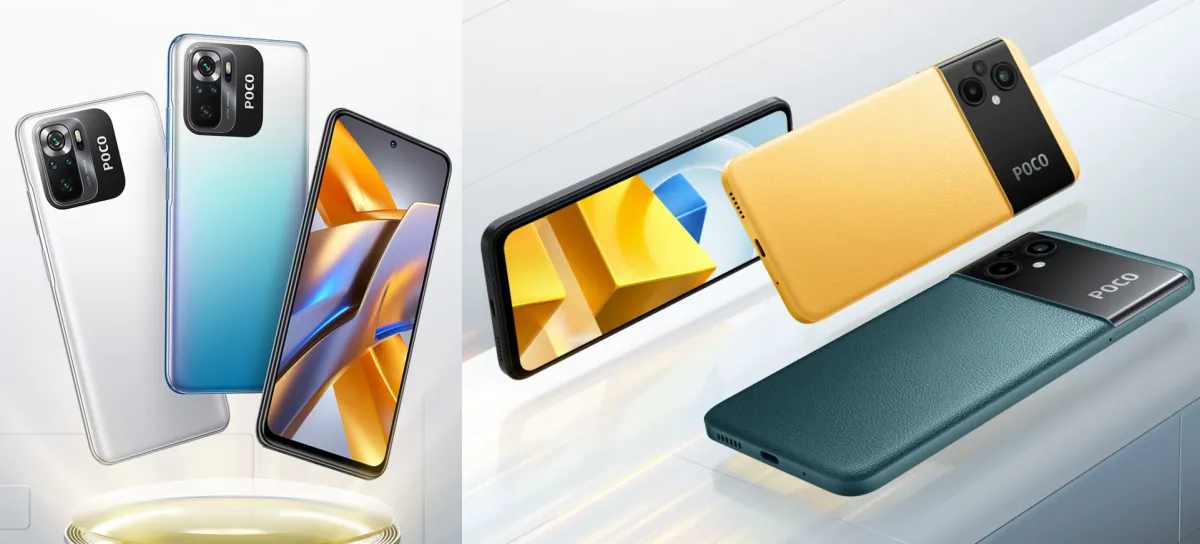
Often, pairs of smartphones come with the same design and simplified specifications for the younger one. But not in this case. It immediately strikes the eye that the M5 and M5s models are completely different in appearance. And a large number of small and imperceptible differences indicate that the line was not designed as a pair.
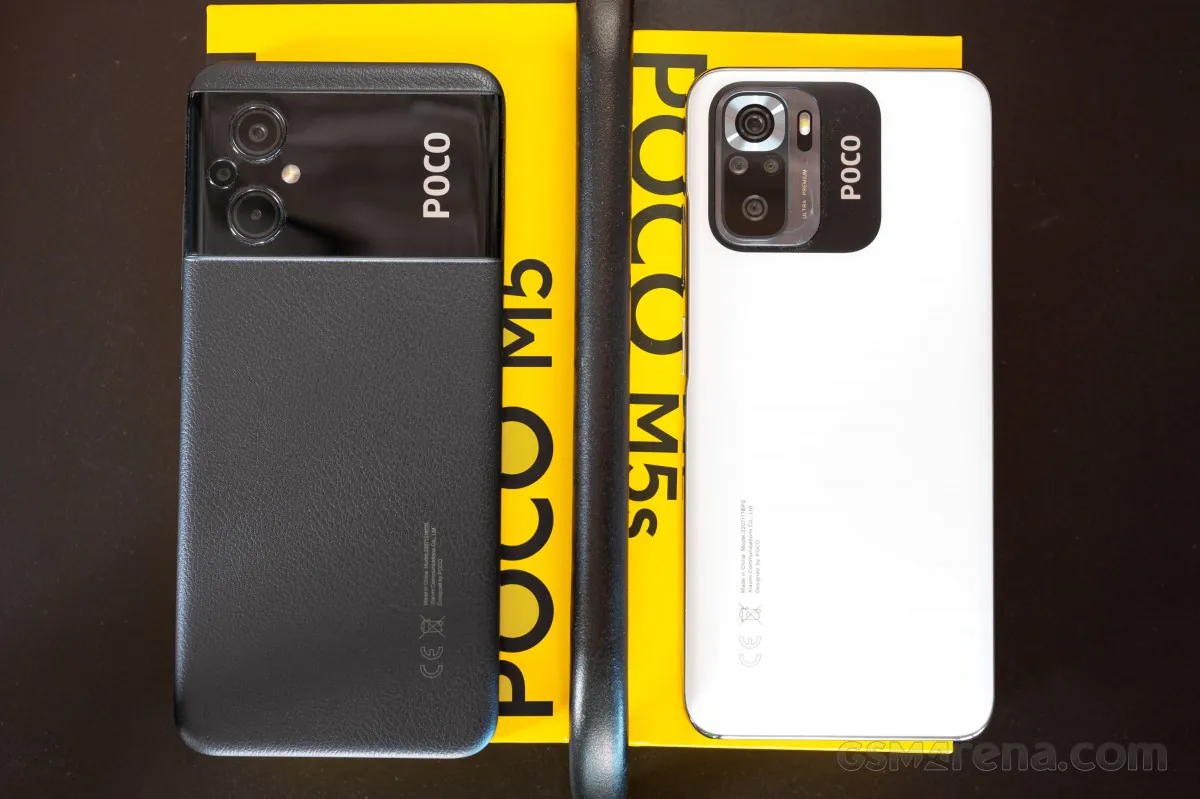
And in general… this POCO M5s vaguely resembles something. What? Oh, yes, Xiaomi Redmi Note 10S! Yes, while the M5 is indeed a new model, the M5s is a Redmi Note 10S, which came out about a year ago and was reviewed by us. There are no changes in the “stuffing” or design (compare the phones here). Only the Redmi Note 10S is a few dollars cheaper than the “new” POCO with the same amount of memory. Well, Xiaomi has done this more than once, so there’s nothing to be surprised about.
Let’s get acquainted with the new product and see if we can find any differences.
Read also: Redmi Note 10S review: Affordable smartphone with NFC and Super AMOLED
Technical specifications of POCO M5s
- Display: 6.43 inches, AMOLED, 1080×2400 resolution, 20:9 aspect ratio, 409 ppi, maximum brightness 700 nits, peak brightness 1100 nits, Corning Gorilla Glass 3, 60 Hz refresh rate
- Processor: Mediatek Helio G95 (12 nm), Octa-core (2×2.05 GHz Cortex-A76 & 6×2.0 GHz Cortex-A55), Mali-G76 MC4 graphics
- Operating system: Android 12, MIUI 13
- Memory: 4/64, 4/128, 6/128 GB, there is a microSD slot (separate – 2 SIM cards + memory card)
- Battery: Li-Pol 5000 mAh, fast charging 33 W
- Main camera: 64 megapixels, f/1.8, 26mm (wide-angle), 8 megapixels, f/2.2,118 degrees (ultra-wide-angle), 2 megapixels, f/2.4, (macro), 2 megapixels, f/2.4, (depth sensor)
- Front camera: 13 megapixels, f/2.4
- Network and data transfer: 2 Nano-SIM, GSM 900/1800/1900, 3G, 4G LTE, Wi-Fi 5, Bluetooth 5.0, A2DP, LE, A-GPS, GLONASS, BDS, GALILEO, IR port, USB Type-C, NFC
- Sensors: Fingerprint scanner (in the side key), accelerometer, gyroscope, proximity sensor, digital compass
- Other: 3.5 mm jack, stereo speakers
- Body: plastic, Corning Gorilla Glass 3, water and dust protection IP53
- Dimensions: 160.5 × 74.5 × 8.3 mm
- Weight: 179 g
Package contents
In the box you will find the phone itself, a cable, a needle for removing the SIM slot, a silicone case, documentation, and… something new – a screen protector.
Usually, if a phone receives a protective film, it is glued on during production. And here, probably, there were savings. They say, if you want to stick it on (you have to deal with dust and bubbles), if you don’t want to, don’t stick it on.
And now a question for the attentive. What do you not see in the kit in the photo above? That’s right, there’s no charger – take a pie off the shelf! For some reason, Xiaomi decided to include only a cable. Okay, taking care of the environment, everyone has chargers lying around at home, etc. But still, EVERY other model for this price will have a charger in the package. Moreover, if you buy a charger for M5s, keep in mind that the power must be at least 33 watts, otherwise you will not get the advertised fast charging up to 64% in half an hour.
The case as a case is ordinary silicone, it protects the corners, screen and cameras well, and there is even a “slap” on the charging port. But it will obviously turn yellow quickly.
Read also: Redmi Note 11 Review: Classical Budget Phone by Xiaomi
Design
There is no point in describing the appearance of the model in detail, as we will have to repeat the Redmi Note 10S review. So I will say it simply and briefly. The phone is streamlined, the body is plastic, it feels comfortable and not too big in the hand, but the glossy back is very quickly covered with fingerprints and also collects all possible dust.
The screen bezels and especially the “chin” are wide by the standards of a budget phone. The assembly is perfect. The fingerprint sensor in the side key works quickly and without misfires. There is a 3.5 mm headphone jack, as well as IP53 protection against moisture (rather, drops) and dust – a trifle nice.
In general, I would call the design of the phone boring.
Screen
And here, too, everything is the same. AMOLED matrix, 6.43 inches, 2400×1080, protected by Gorilla Glass 3, HDR support. Peak brightness up to 1100 nits (excellent readability even on a sunny day).
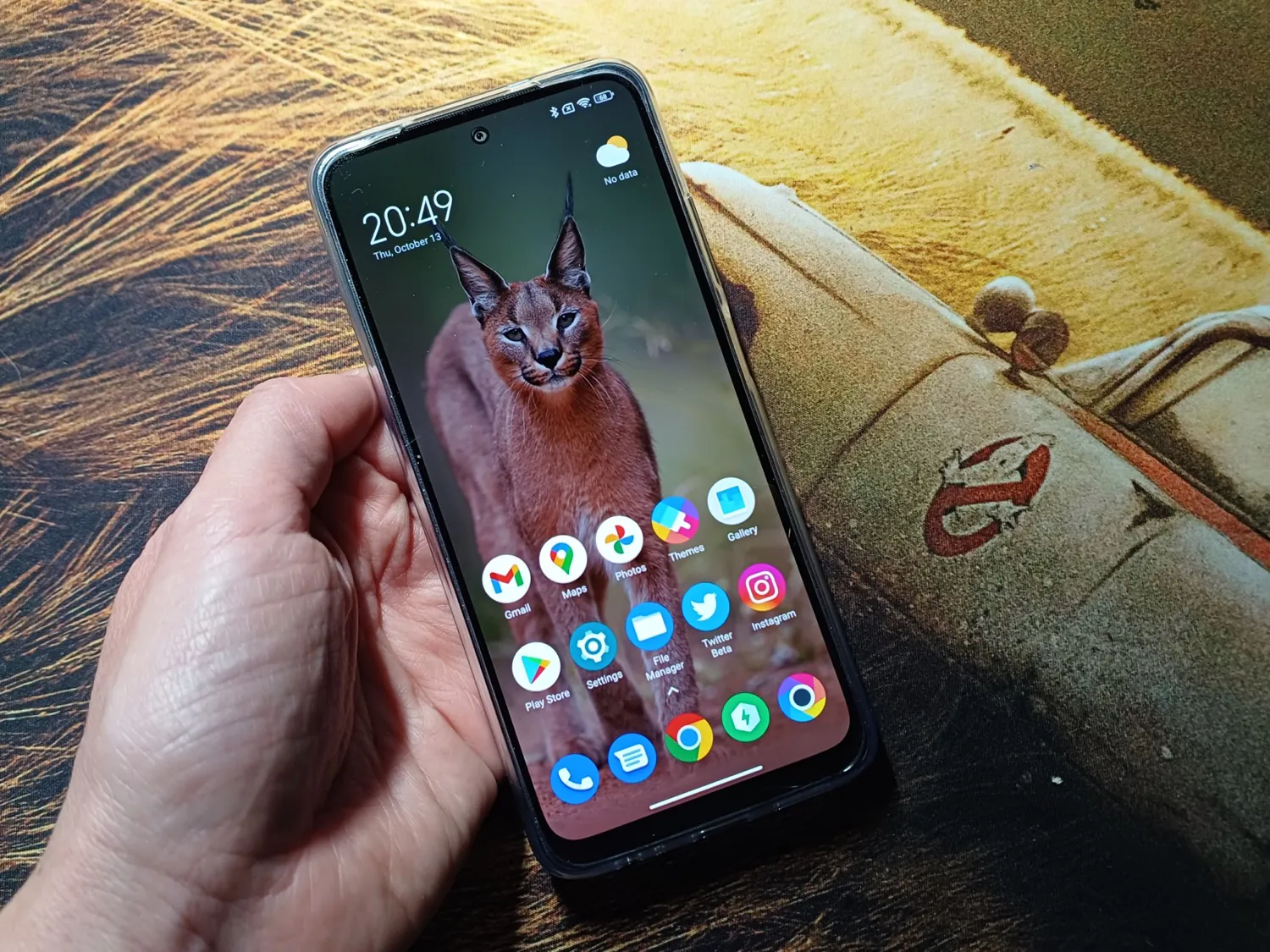
The screen is bright, juicy, and pleasant for a budget phone. It’s a pity that the refresh rate is the standard 60 Hz, now even cheap models have at least 90 Hz.
Color reproduction directly depends on the selected mode and can either automatically adapt to the content or always be saturated or more natural and neutral.
The settings include changing the system theme (light/dark), reading mode, color scheme with three profiles and the ability to adjust the color temperature, text size, and auto-rotation.
Read also: POCO X4 Pro 5G review: not a flagship killer anymore
Performance of POCO M5s
POCO M5s is powered by a MediaTek Helio G95 (12 nm) chipset with a clock speed of up to 2.05 GHz and a Mali G76 graphics chip. The smartphone can’t be called a gaming device, but all the basic programs run quickly, and it can run popular games, although not all of them are at a high level. I tested it with PUBG Mobile, World of Tanks Blitz, Real Racing 3, Fortnite, and Genshin Impact. The latter two work fine only with the minimum graphics settings and at 20-30 fps, while the first and medium settings are perfectly fine.
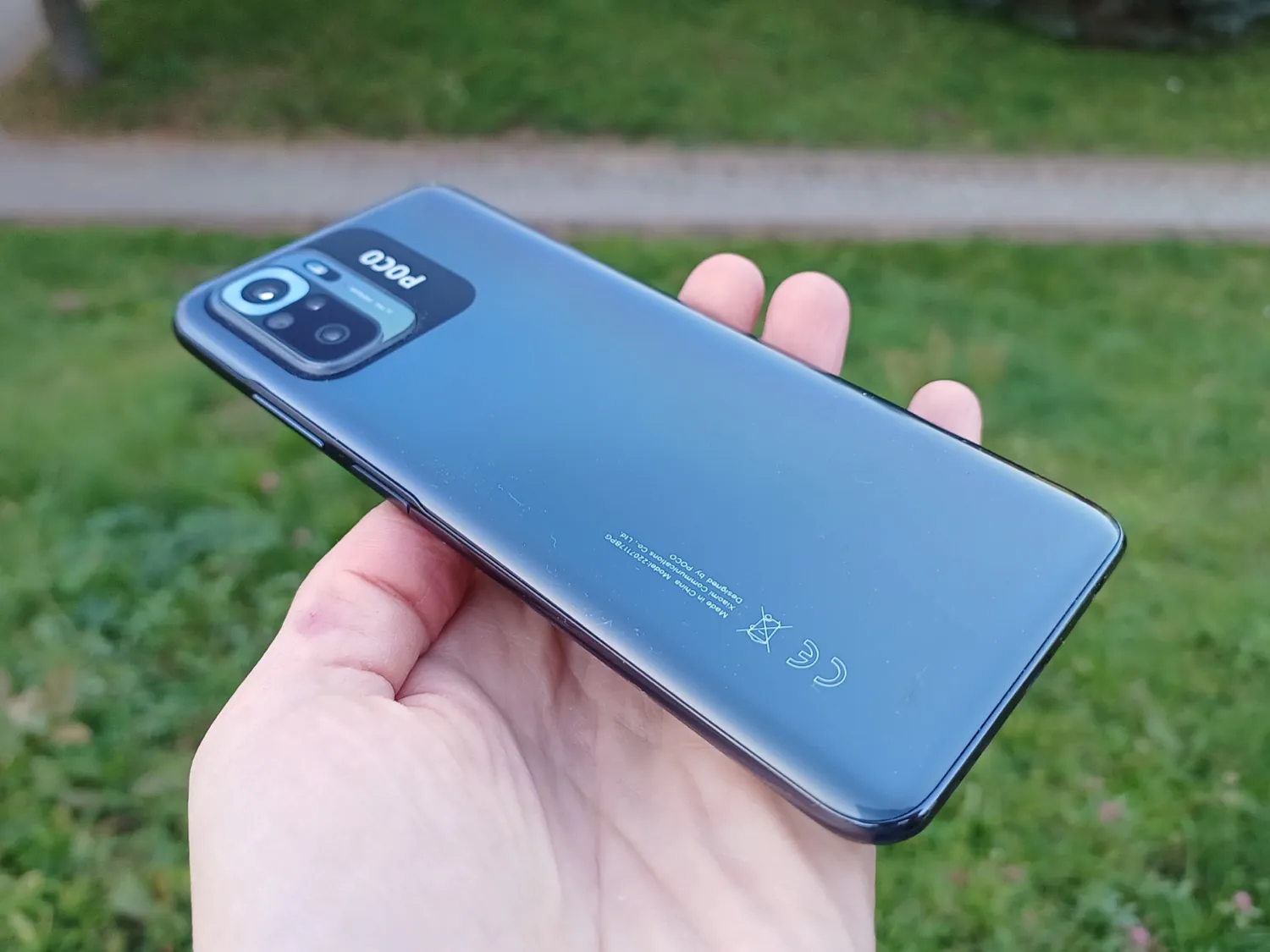
Benchmark results of the test model:
- Geekbench: single core – 516, multi core – 1831
- AnTuTu: 360680
In the end, for an ordinary user who needs an inexpensive smartphone, the performance will be more than enough.
In Poland (because our Polish editorial team received the smartphone for testing), the 4/128 GB version is officially available, but it’s easy to find 6/128 GB versions in online stores, and even cheaper than 4/128 GB in Xiaomi stores. In Ukraine, there are all available versions – with 4 or 6 GB of RAM, 64 or 128 GB of internal memory. So if you take the 64 GB version, it will be cheaper than in Poland, especially since there is a memory card slot.
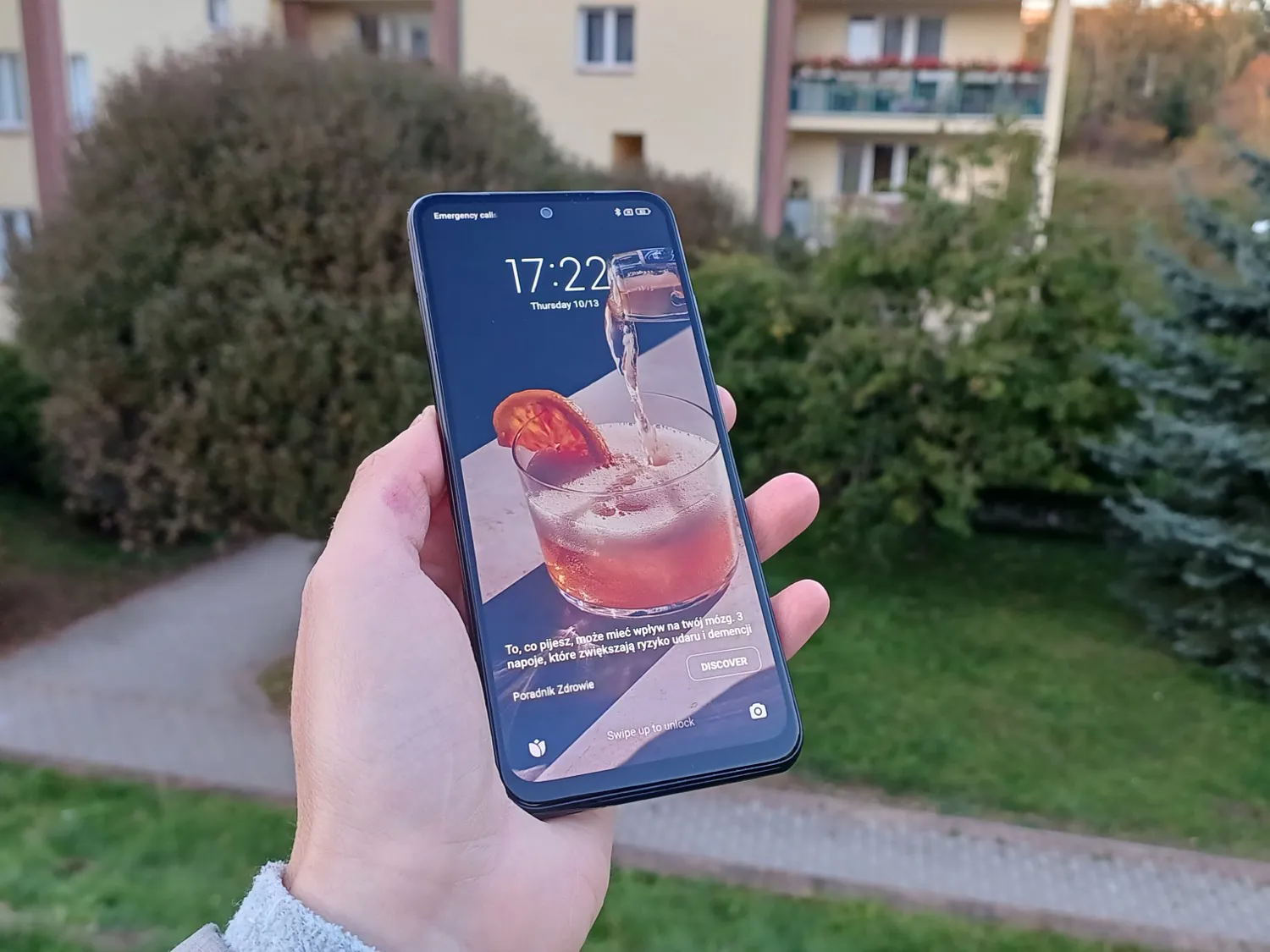
I tested a model with 4 GB of RAM, which is the minimum amount of RAM today, and I didn’t experience any problems. On the other hand, for the money they ask for it, you can buy a model with 6-8 GB of RAM, so Xiaomi was stingy.
In the settings, there is a function of “software” expansion of RAM at the expense of permanent memory, and it is active by default. You can add another 2 GB of virtual RAM. Of course, such a “paging file” is not as fast as regular hardware, but it’s better than nothing.

Read also: POCO M4 Pro 5G review: mid-ranger with 90 Hz and stereo
POCO M5s cameras
The POCO M5s is equipped with a 64-megapixel OmniVision OV64B main module, as well as an 8-megapixel Sony IMX355 ultra-wide-angle sensor, a 2-megapixel macro camera and an auxiliary depth sensor.
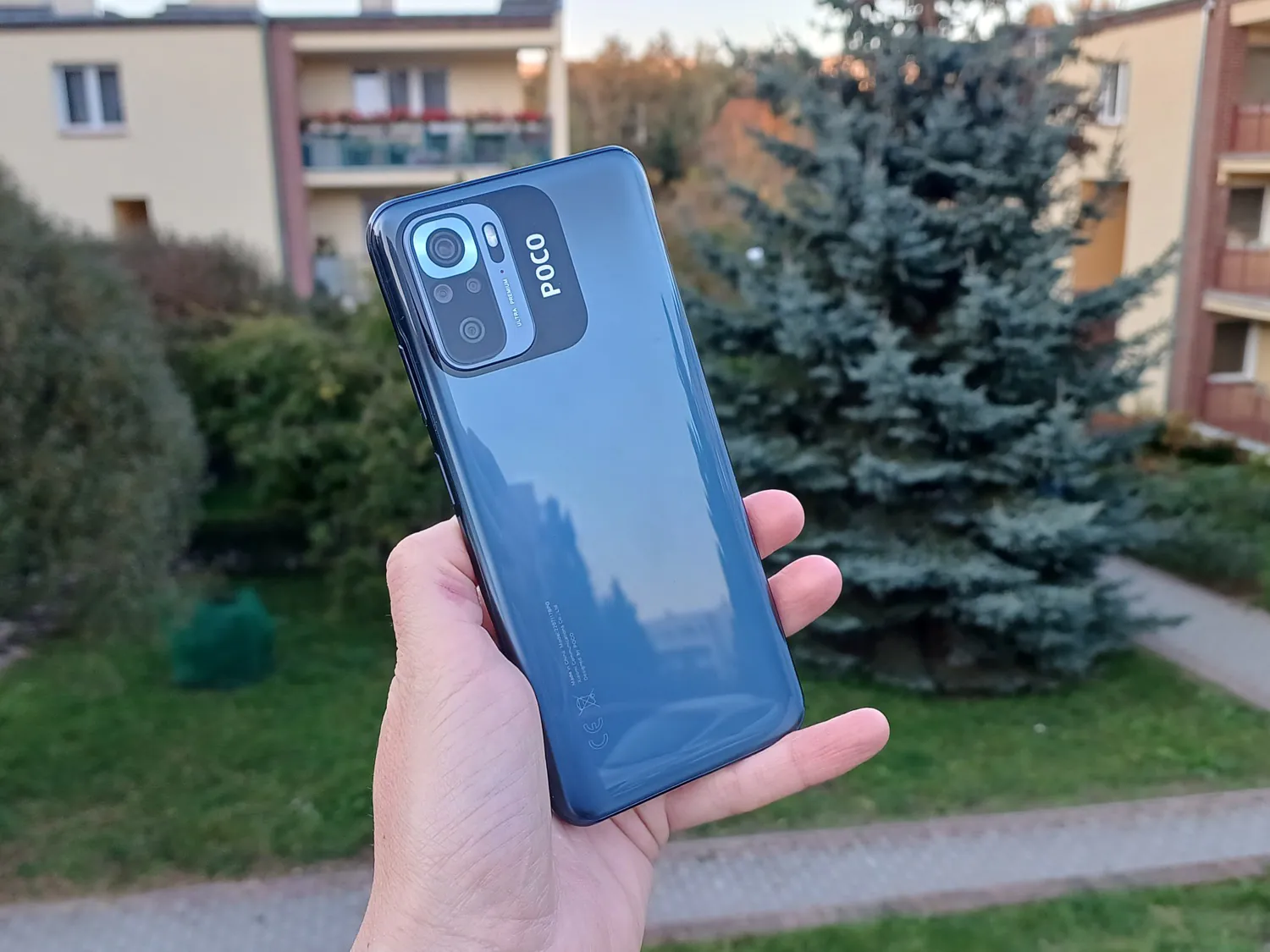
The POCO M5s shoots like any other budget phone in this price category. In excellent lighting, everything is at a high level, the photos are juicy, clear, and most users will be satisfied. If there is less light (for example, in an apartment in the evening), then the color reproduction is already weak, the photos are blurry, and digital noise appears. But, again, given the price, everything is acceptable.
ALL PHOTOS FROM POCO M5s IN ORIGINAL RESOLUTION
There is a 10x zoom, but the photos are completely blurry and the text is almost unreadable.
Night shots are of average quality, with blurring and digital noise, but the photos are still “spectacular.” There’s a night mode that delicately illuminates photos, and it’s especially useful if there’s something glowing in the frame, like signs, so they become readable. However, it often happens that processing in night mode makes photos look more “noisy.” Here are examples, night mode on the right:
ALL PHOTOS FROM POCO M5s IN ORIGINAL RESOLUTION
The wide-angle lens is decent, allowing you to fit more into the frame. But, again, normal photos are only good in good light. For example, the wide angle on the right:
It’s easier not to use the macro camera at all, the quality is primitive, there’s no autofocus, and the photos are blurry and have poor color reproduction.
ALL PHOTOS FROM POCO M5s IN ORIGINAL RESOLUTION
The smartphone shoots in 4K/30 fps, but electronic stabilization is available only at 1080p/30 fps, so 4K videos are rather jerky. In HD and Full HD, you can shoot at 120 and 920 fps, respectively. The video quality is good, considering the price of the phone. Examples of videos with different resolutions and in different lighting conditions are available in this folder.
Selfies on the 13-megapixel front-facing camera are often good, sharp and with nice color reproduction.
Here’s an example of portrait mode. The background is not very well blurred if you look closely.

The camera application is standard for MIUI, with all the necessary shooting modes: photo, video, portrait, manual, night, 50 megapixels, video clip, panorama, documents, slow motion, time lapse, long exposure and dual video.
Read also: Redmi Buds 3 Lite TWS Earphones Review: Cheap But High-Quality
POCO M5s battery
And here everything is exactly like in Redmi Note 10S. The battery has a capacity of 5000 mAh and supports 33W fast charging.
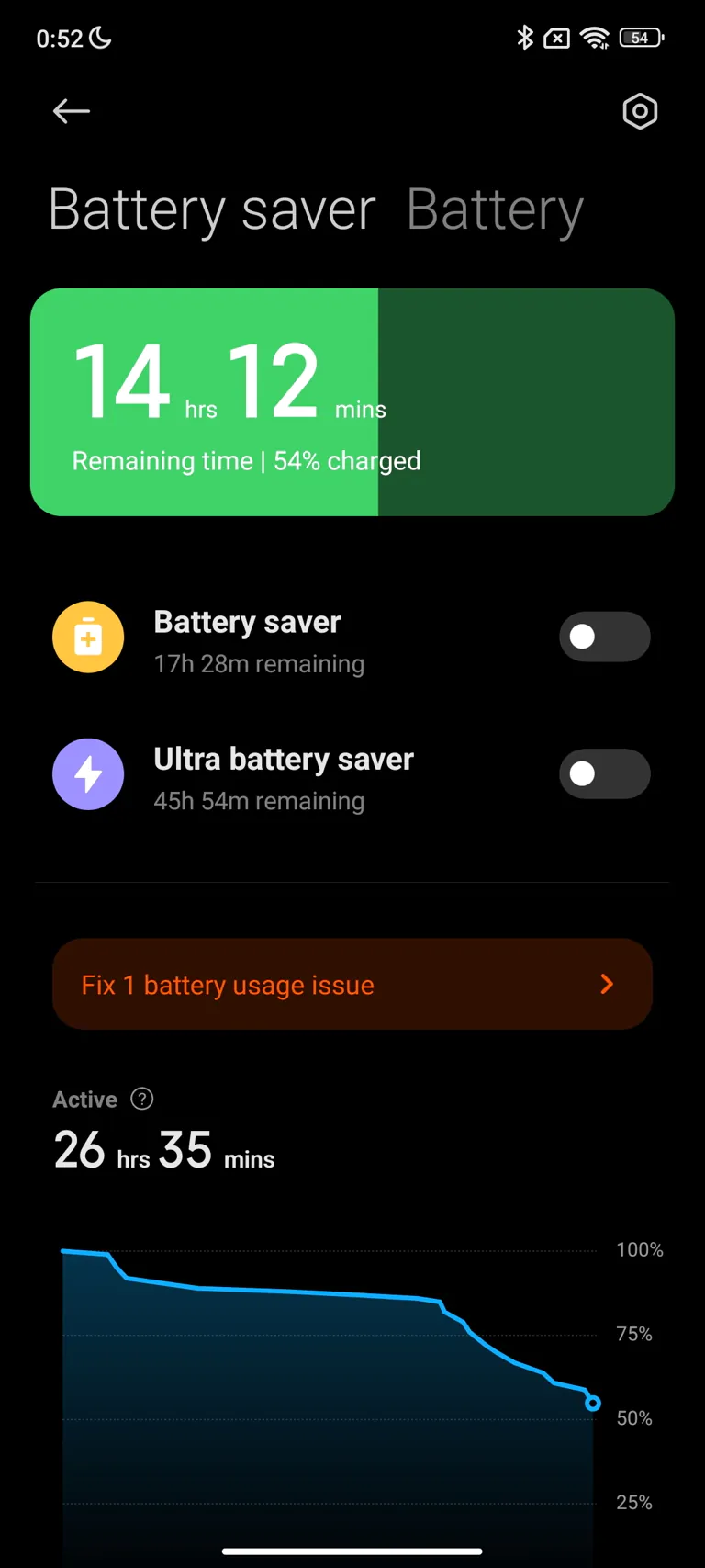
When using social networks, a couple of hours of video, calls, games, and more, the device can easily withstand a day. With a slightly lighter load, it will last two days!
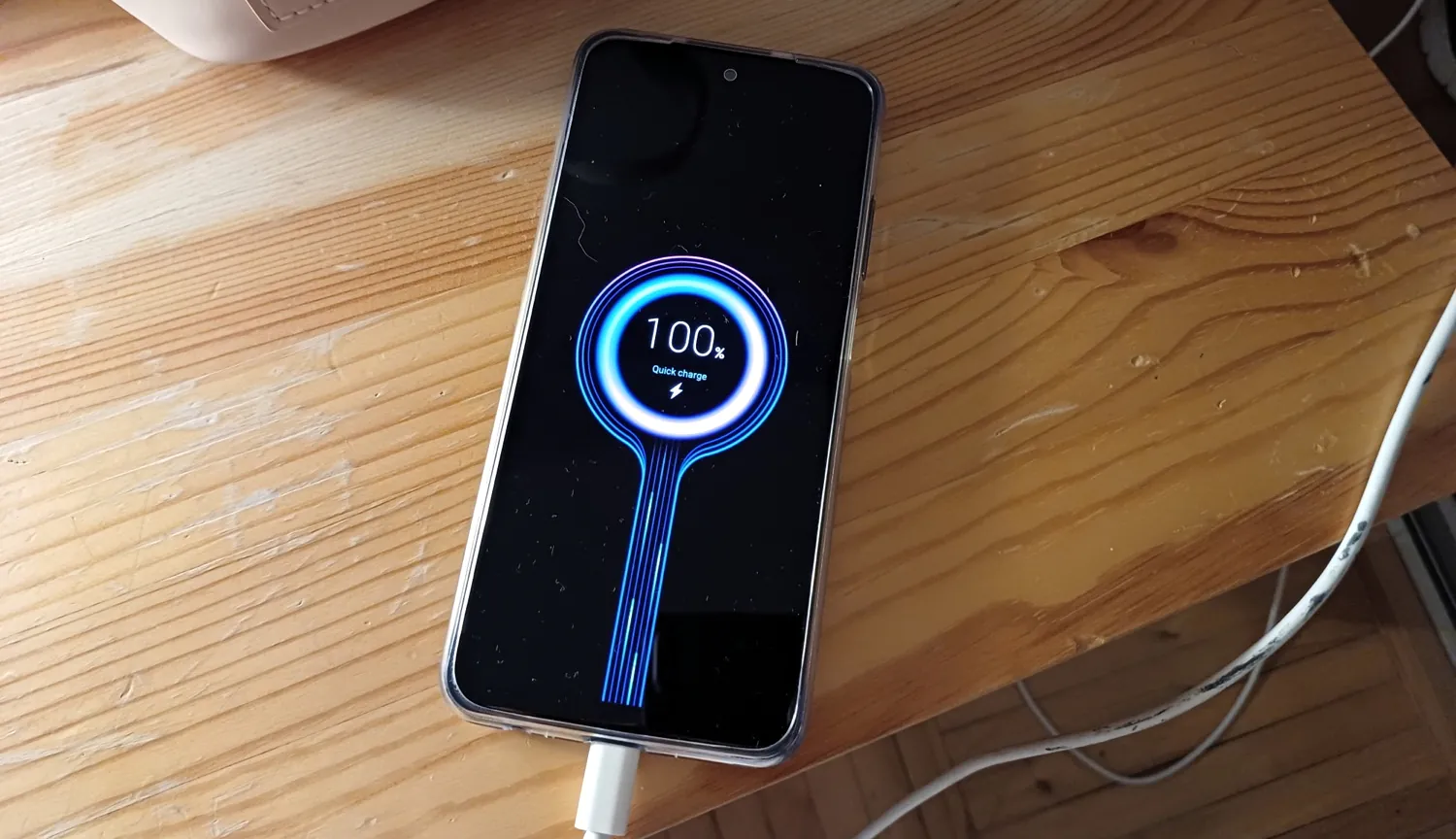
The model charges from 0 to 60% in 30 minutes. It takes almost an hour and a half to fully charge. For a state employee, the performance is excellent!
Data transmission and sound
POCO M5s supports 4G LTE, Wi-Fi 5, Bluetooth 5.0, A-GPS, GLONASS, BDS, GALILEO, and has an IR port (for controlling home appliances, Xiaomi has created an app for this), a USB Type-C connector, and NFC for contactless payments. There’s no 5G, but not everyone needs it, especially in Ukraine.
A nice feature for a budget phone is stereo speakers. The smartphone produces loud, solid, clear, and even surprisingly surround sound, but you shouldn’t set the volume to the highest setting, otherwise you’ll hear a rattle. There is support for LDAC and AAC codecs.
There are no problems with headphone playback. Whether wired or wireless, the sound is good in quality and with a large volume margin. Dolby Atmos effects work with both wireless and wired headphones, but if you turn them off, you can use Mi Sound settings with sound adjustment for specific Xiaomi headphones and a 7-band equalizer, as well as volume adjustment according to the user’s hearing. However, the latter option is already intended only for some wired headphones, while the rest work with wireless models.
Read also: Redmi Note 11 Pro 5G review: New design, 5G, fast charging
POCO M5s software
POCO M5s runs on the proprietary MIUI 13.0.1 shell installed on top of Android 12. The Redmi Note 10S, which we often mention here, ran on Android 11 and MIUI 12 out of the box, but the update is available for it as well.
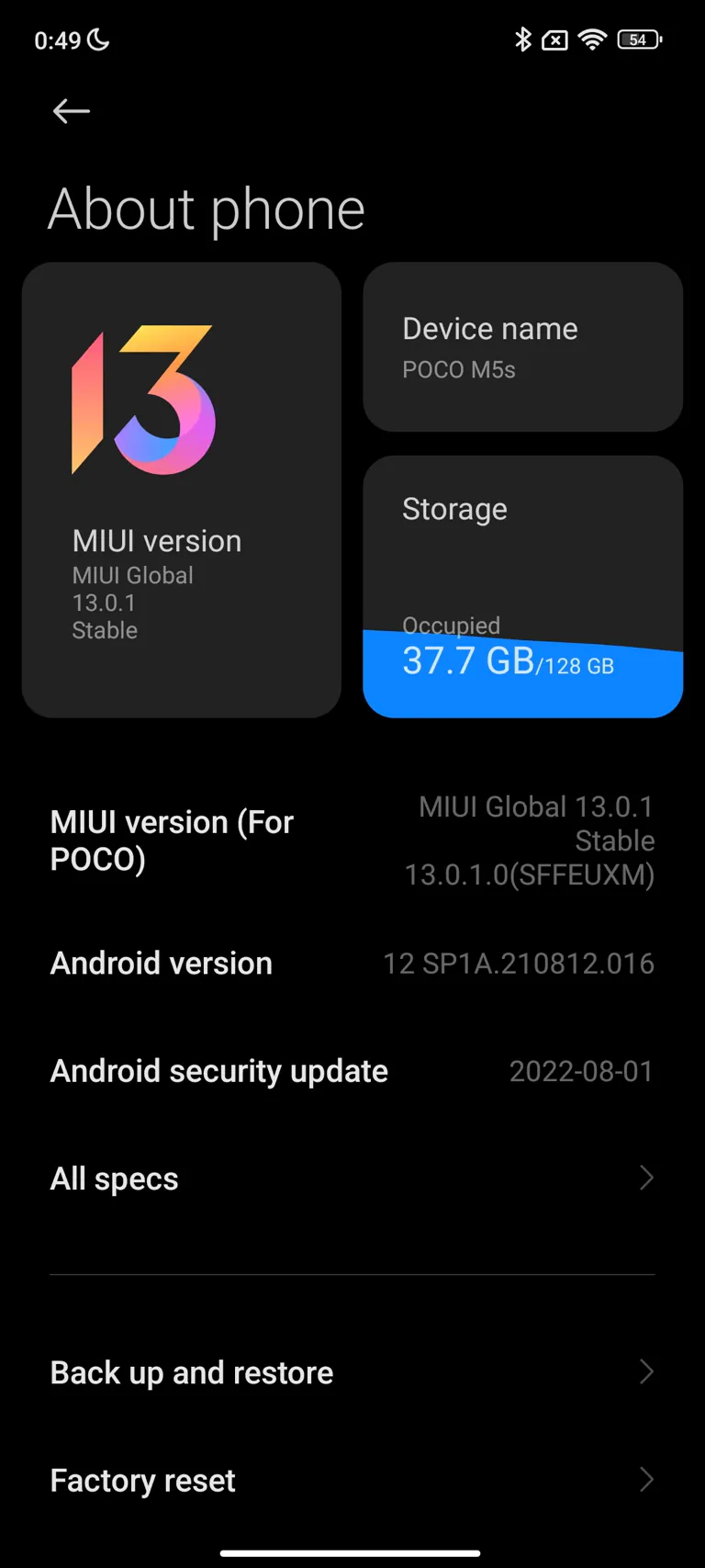
Android 12 in this case is deprived of some of its features, in particular, there is no redesigned widget interface and privacy control panel, but this is not critical for everyone.
Basically, all the changes in MIUI 13 are “under the hood” and they are aimed at optimization. The manufacturer itself highlights the following:
- Liquid Storage – optimized file storage system, increases read and write efficiency by up to 60%
- Atomized Memory – optimized RAM performance, up to 40% more efficient RAM
- Focused Algorithms – optimizes processor priorities, increasing overall performance and process speed
- Smart Balance – automatically determines the balance between performance and battery usage, the overall battery life has increased by 10%
In the case of POCO, we are looking at “MIUI for Poco” rather than the usual MIUI, but there is almost no difference. The icons are different (they are round), and the app drawer (a pull-down menu with all the apps) cannot be disabled. That is, applications can be placed in this menu, and you can bring the ones you need to your desktops. Whereas other versions of the shell may have both a drawer and the ability to work without it, when all applications are on the desktop.
The app catalog in MIUI for Poco automatically divides all content into categories – communication, entertainment, photos, utilities, business, and new. Categories can be edited or disabled.
Among the interesting features of Xiaomi’s shell is the notification when the screen is turned off, when the edges of the display are gently highlighted for a while. You can choose a color.
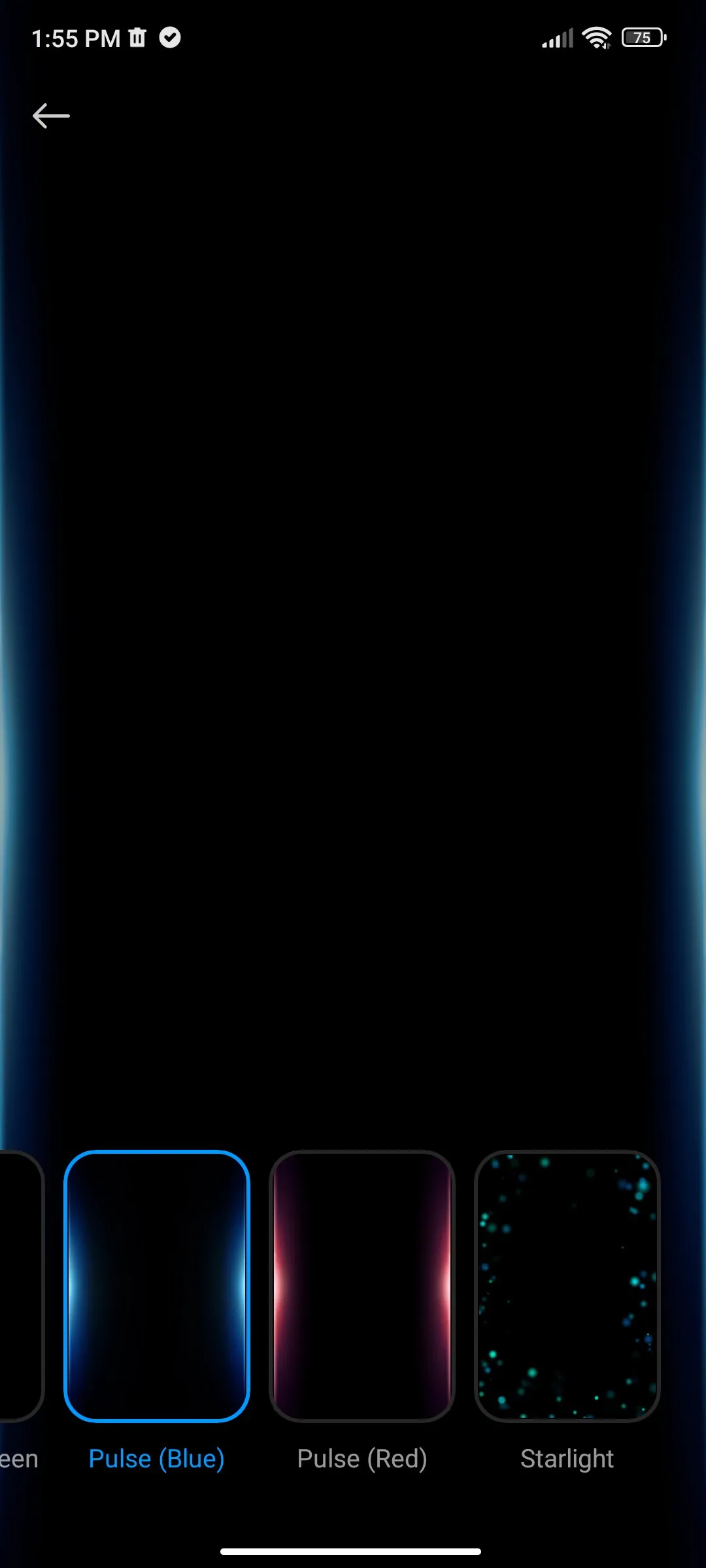
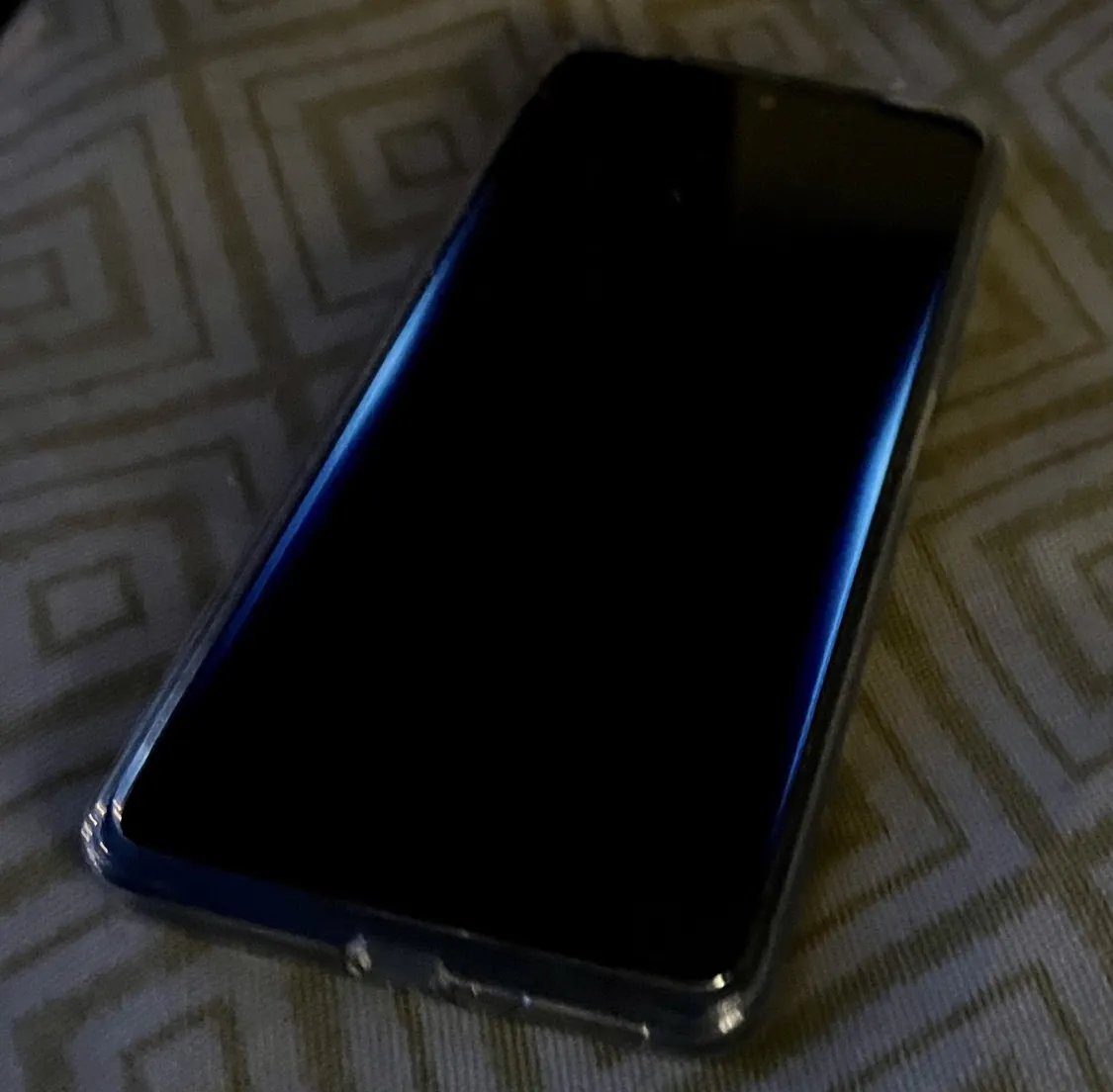
There is also the Always On Display function, which displays the clock, time, battery power, and various pictures to choose from on the locked screen – though only for 10 seconds after touching, so we can’t talk about a full-fledged “Always”.
MIUI 13 has an improved screenshot editor, an updated page with information about the battery and high performance mode, and the ability to record video with the screen off.
The Smart Sidebar is also worth noting. You can customize its display scenarios and add up to 10 programs that can be quickly called from this sidebar right on top of the active window. Moreover, these programs fully retain their functionality.
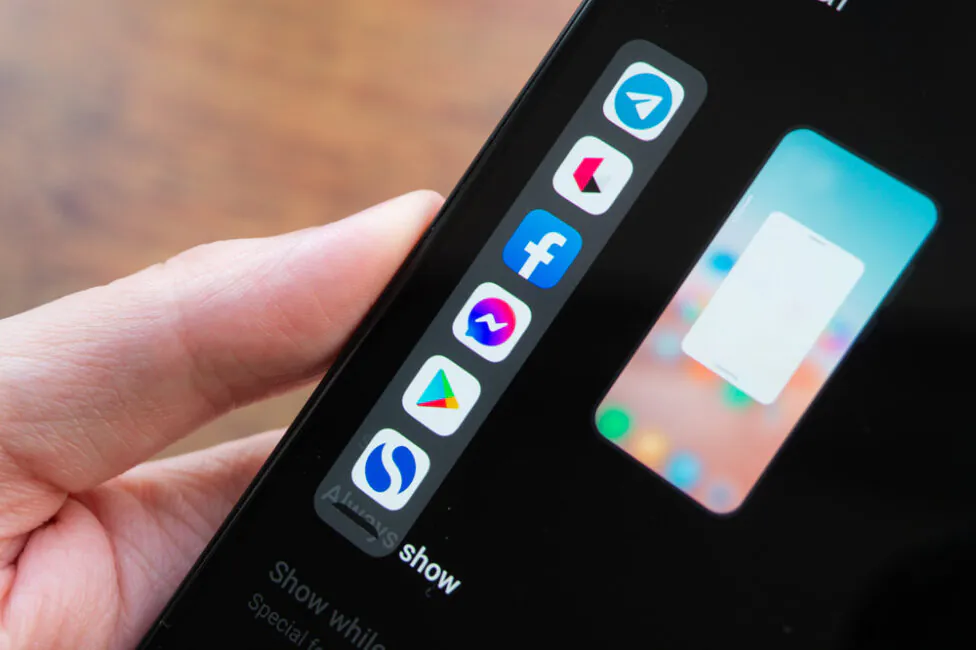
You can resize floating windows, open applications in full screen mode or minimize them by moving them to any corner of the screen, and continue to use the main window while maintaining access to the application running in the floating window. This is essentially multitasking in the form of a windowed mode.
There is also a separate mode of “floating windows” – this is also a multi-window mode, but it opens from the notification curtain. For a state employee, it’s very cool!
Otherwise, everything is as usual: a double “curtain” that is divided into a list of notifications and quick settings (if you don’t like it, you can turn on the classic curtain view), a list of running programs in the form of “tiles” of two windows each, a huge number of themes, icons, wallpapers, and convenient gestures.
There are a lot of pre-installed applications, many of which duplicate the standard Android ones, including gallery, music, video, clock, calculator, file manager, etc. There are also apps for clearing the memory and checking the security of the device. There are also third-party utilities like Snapchat and TikTok, which in my case went straight to the trash.
The MIUI shell works quickly and smoothly, looks nice, and is thought out in every detail. The only annoyance is the ads in Xiaomi’s built-in programs, but you can turn them off.
Read also: Redmi Smart Band Pro review: Advanced fitness tracker
Conclusions
We’re looking at an average phone that doesn’t stand out. And it’s not new at all, since this is a re-release of the Redmi Note 10S model under the POCO brand. On the plus side, there’s a high-quality and juicy AMOLED screen, long battery life and 33W charging, decent stereo speakers, and adequate performance for the price. Among the disadvantages are poor photo and video quality if the lighting is not perfect, no more than 60 Hz screen refresh, and the unexpected lack of charging in the package.
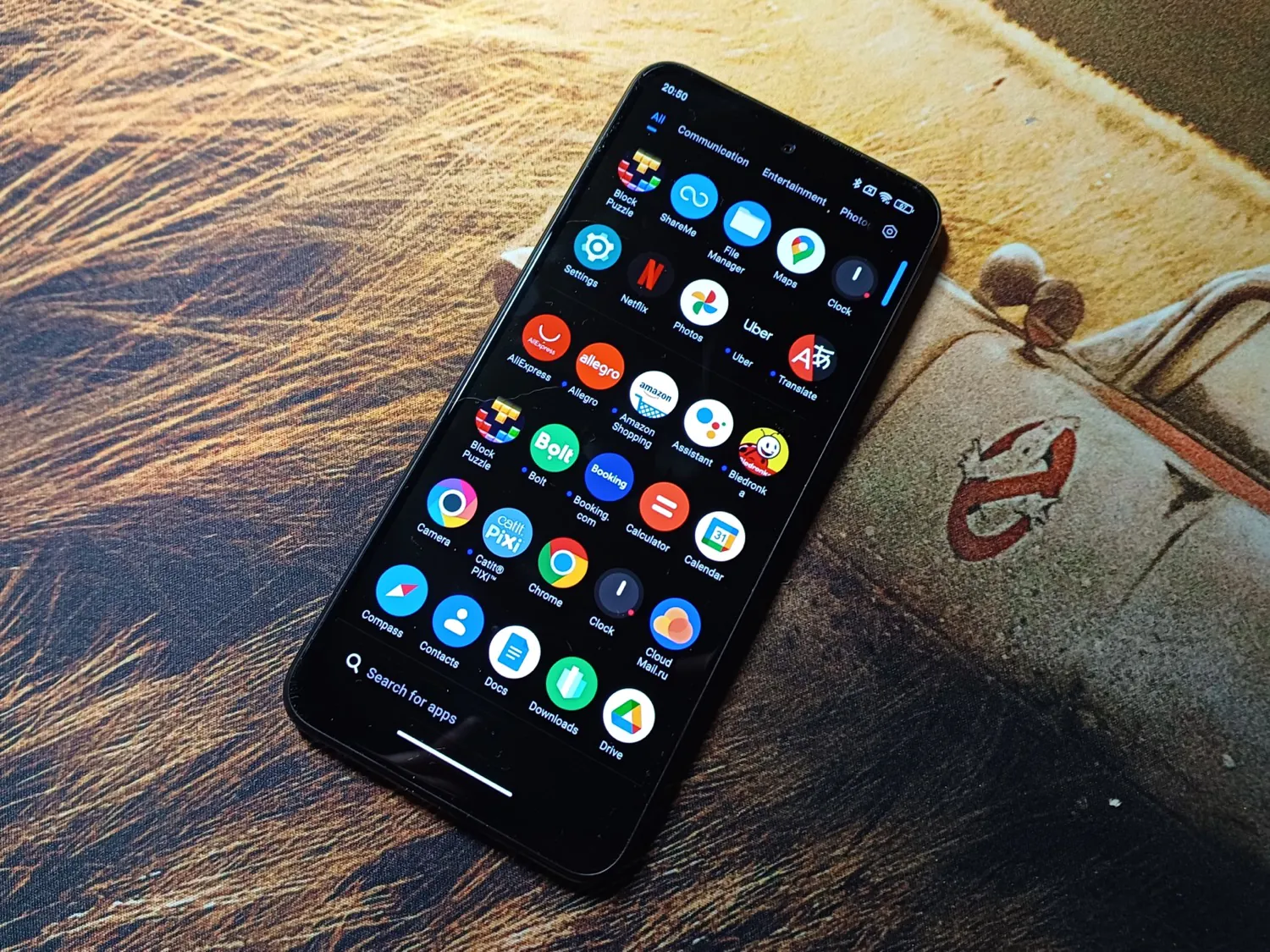
If you need an inexpensive but good budget phone with a good battery life that won’t annoy you with braking and will delight you with its convenient design, then POCO M5s is for you.
Although, of course, there is still some residue from the fact that the company simply decided to sell last year’s model again…
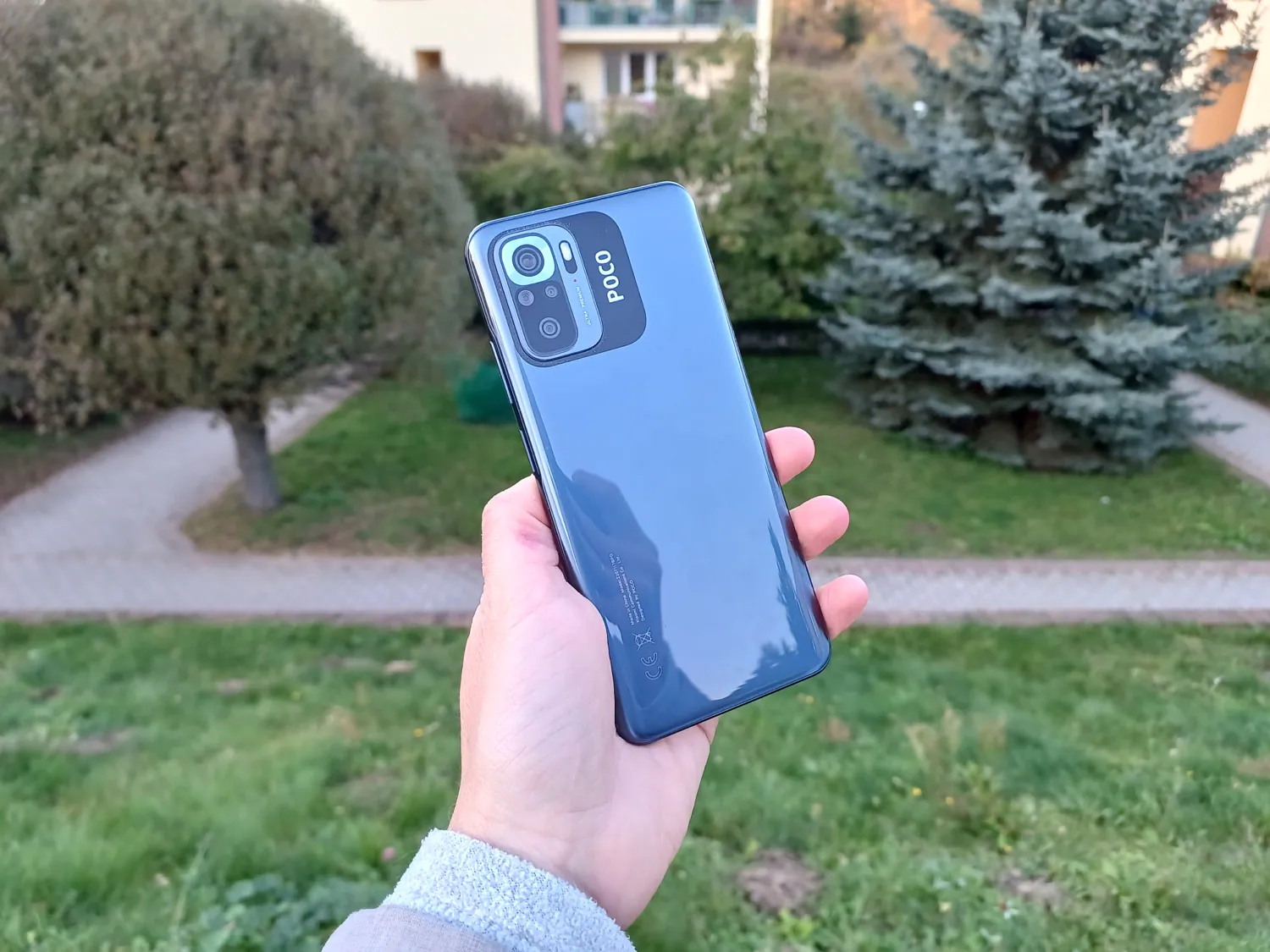
Are there any alternatives? Of course, let’s take a look at them.
First, the Redmi Note 10S twin is slightly cheaper in the 6GB RAM version. And it’s not without charging! Secondly, the “brother” in the lineup is POCO M5, which will cost a little less than M5s. It has a less juicy IPS display (but with a 90 Hz refresh rate), slow charging, no stereo speakers, and a wide-angle camera.

Another potential competitor, the Samsung Galaxy A32, is not much better in terms of features (charging is slower, the processor is simpler). But it has a more attractive design, a very user-friendly Android shell, and better photo quality.
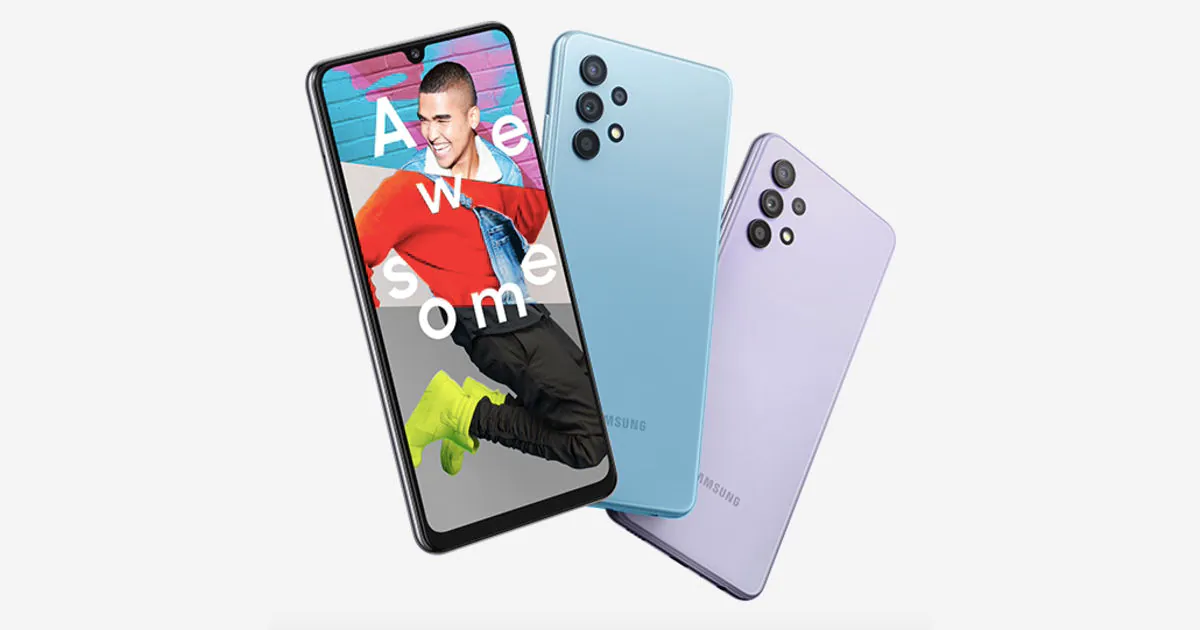
For more interesting options: in online stores (not at recommended retail prices, of course) you can find Redmi Note 10 Pro in 6/128 GB versions, which will be slightly more expensive than Xiaomi/POCO’s M5s. And there’s a completely different level of screen, memory, and processor – in our opinion, it’s worth paying extra.
A strong competitor, but again, a little more expensive, is the realme 9 8/128GB. It has more RAM, a better main camera (108 megapixels), a 90 Hz refresh rate, but the performance is slightly lower, there is no IP rating and no stereo speakers.
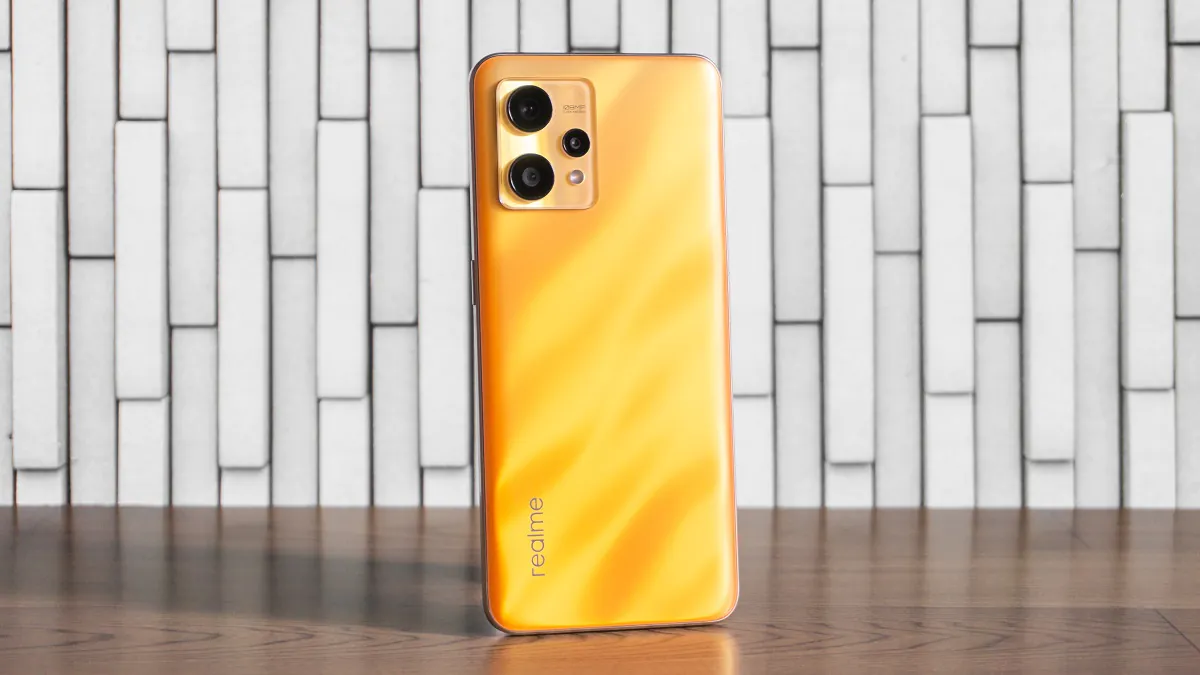
Motorola also has alternatives. First of all, the sweet pair of G60/G60s. They are distinguished by chipsets (Qualcomm vs Mediatek, but the difference is insignificant) and battery capacity, the G60 has as much as 6000 mAh. Screen refresh rate is 120 Hz (but IPS matrix), performance is decent, cameras are acceptable. And “in the kit” is a clean and perfectly optimized Android.
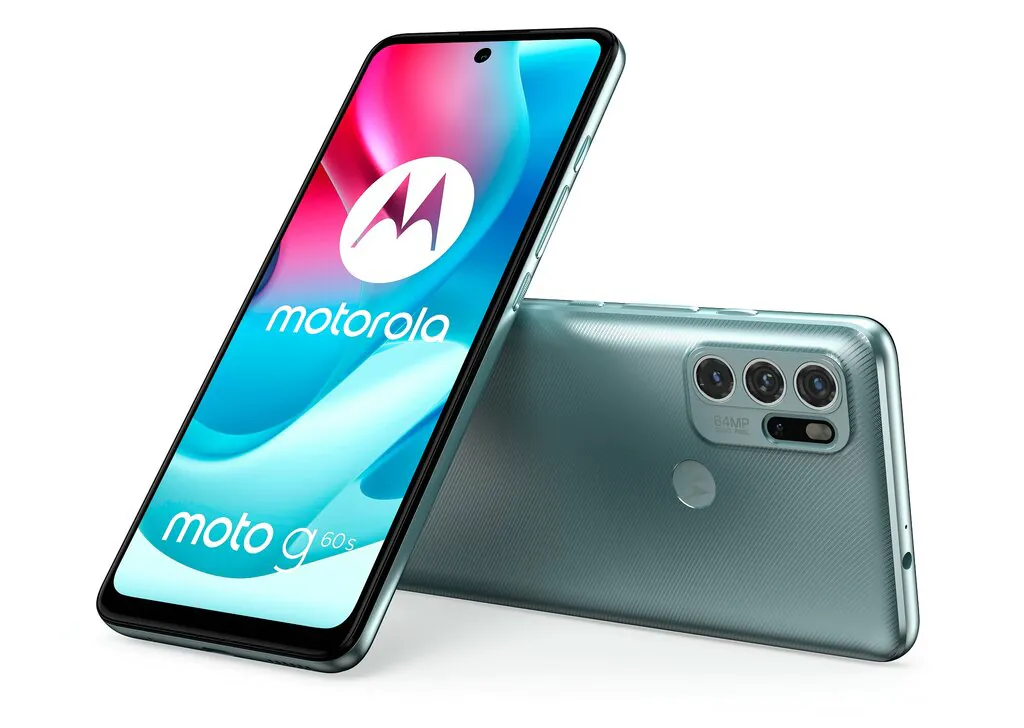
You can also look at the model from the “stylish” Moto Edge series – Edge 20 8/128GB. It’s more expensive, has a gorgeous 144Hz OLED screen, advanced cameras, a productive Snapdragon 778G chipset, a beautiful and slim body with IP52 protection, and 5G support. The only drawback, albeit a significant one, is the 4000 mAh battery, and in this regard, the M5s has a significant advantage.
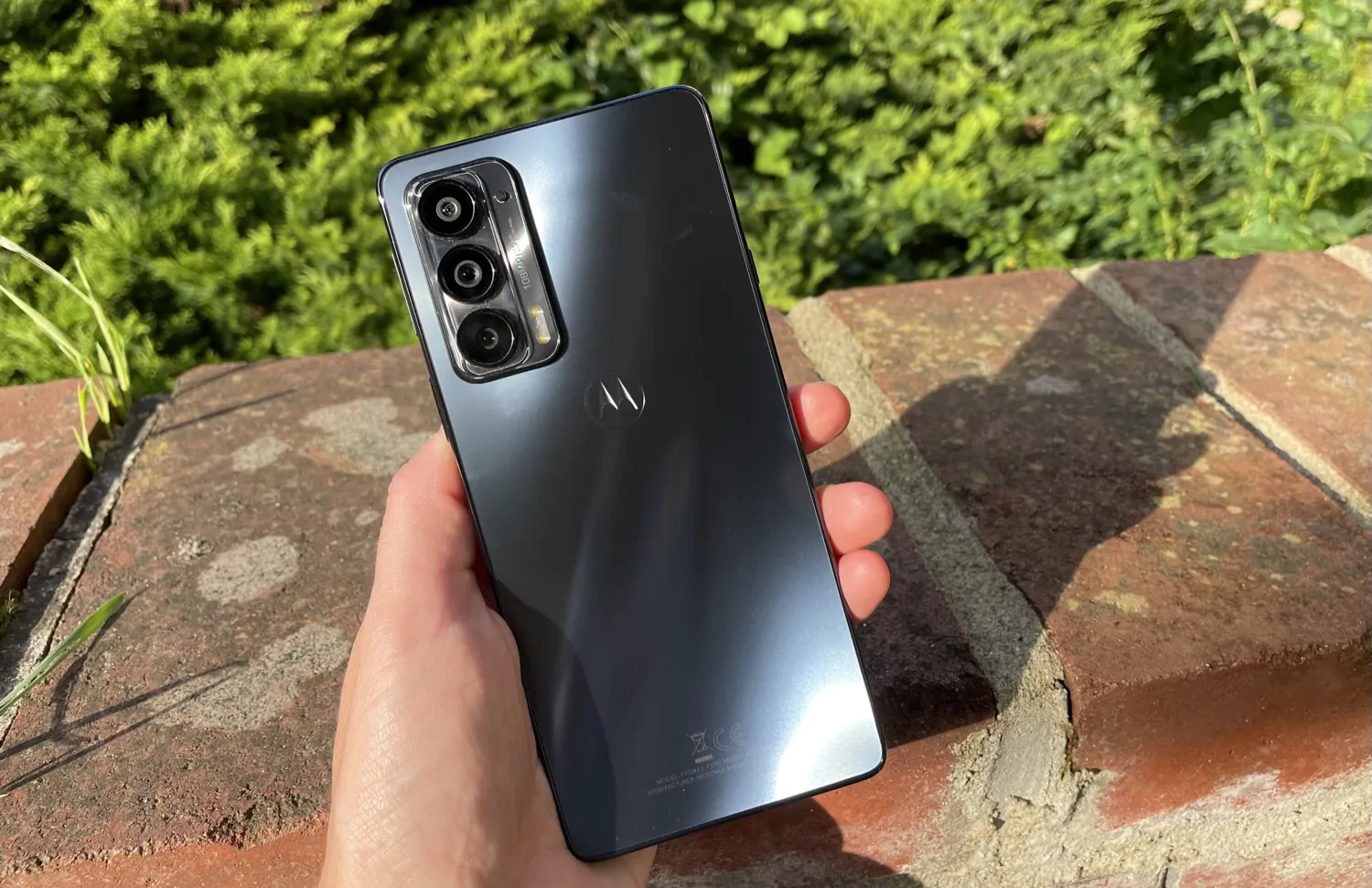
Well, we’ve gotten acquainted with the phone, looked at the competitors, and it’s up to you to decide what to choose! What do you think of POCO M5s?
Read also:
- TECNO POVA Neo 2 Review: 90 Hz and 7000 mAh
- Motorola Edge 30 Neo Review: Beautiful Toy With Wireless Charging



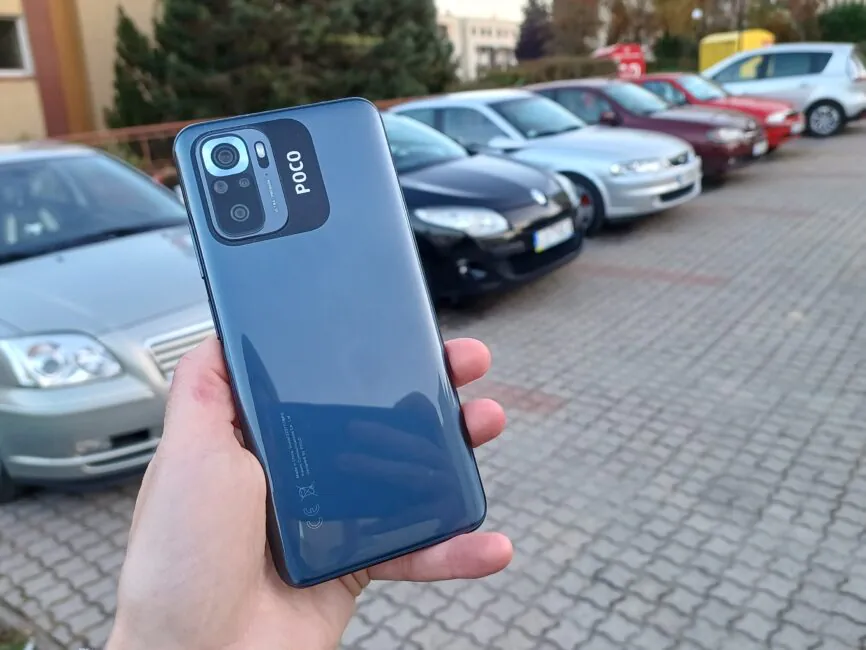
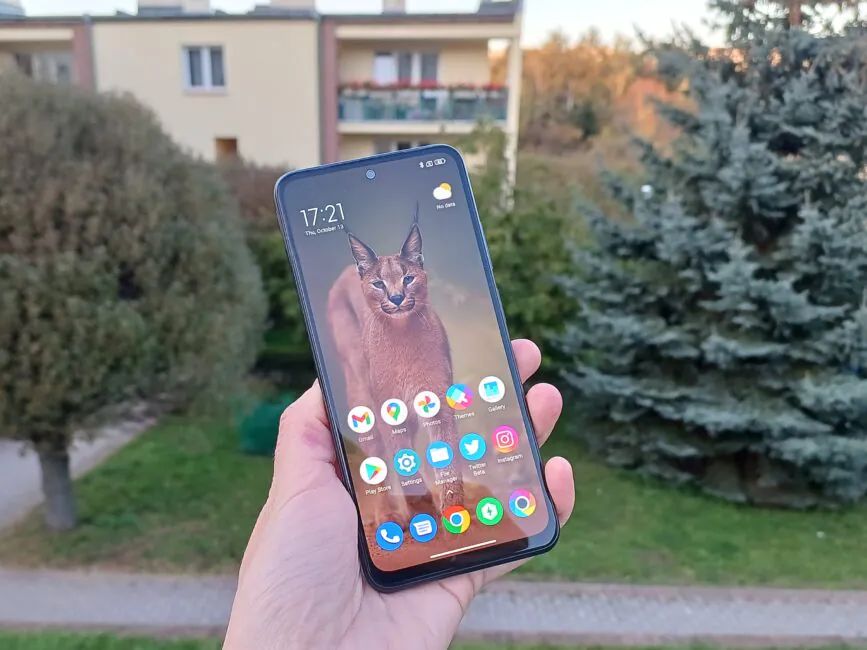
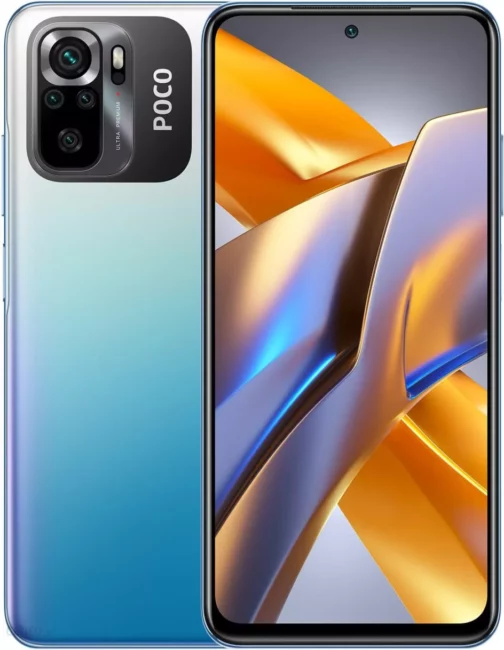
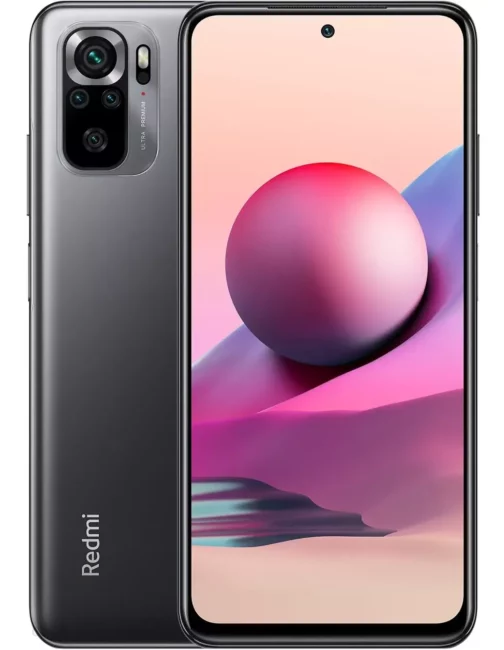
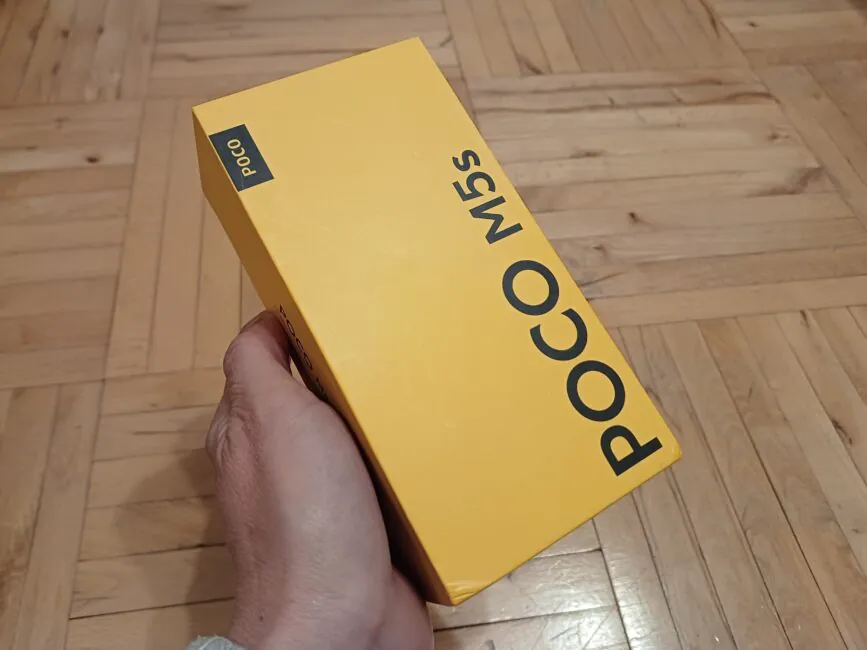

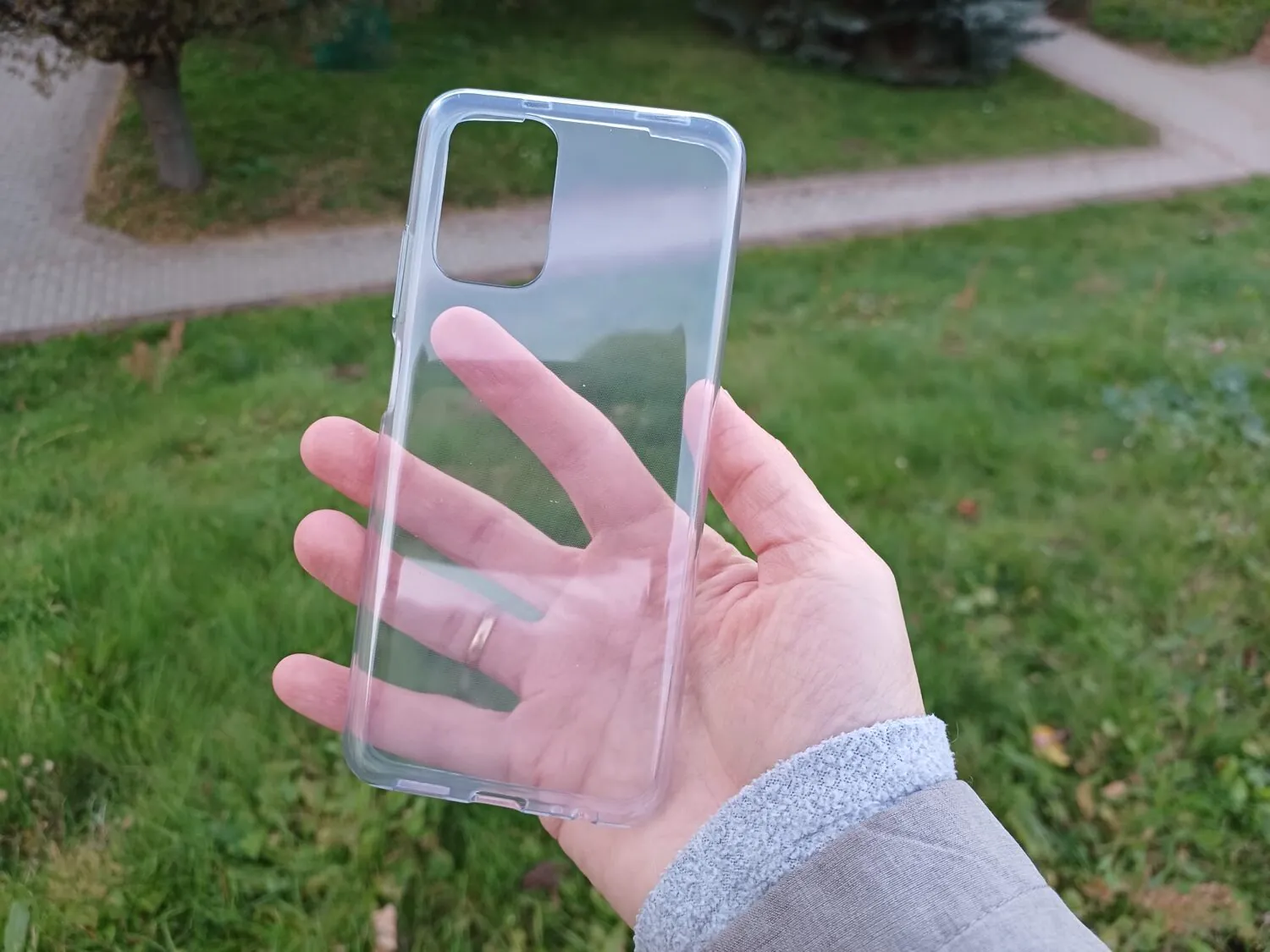

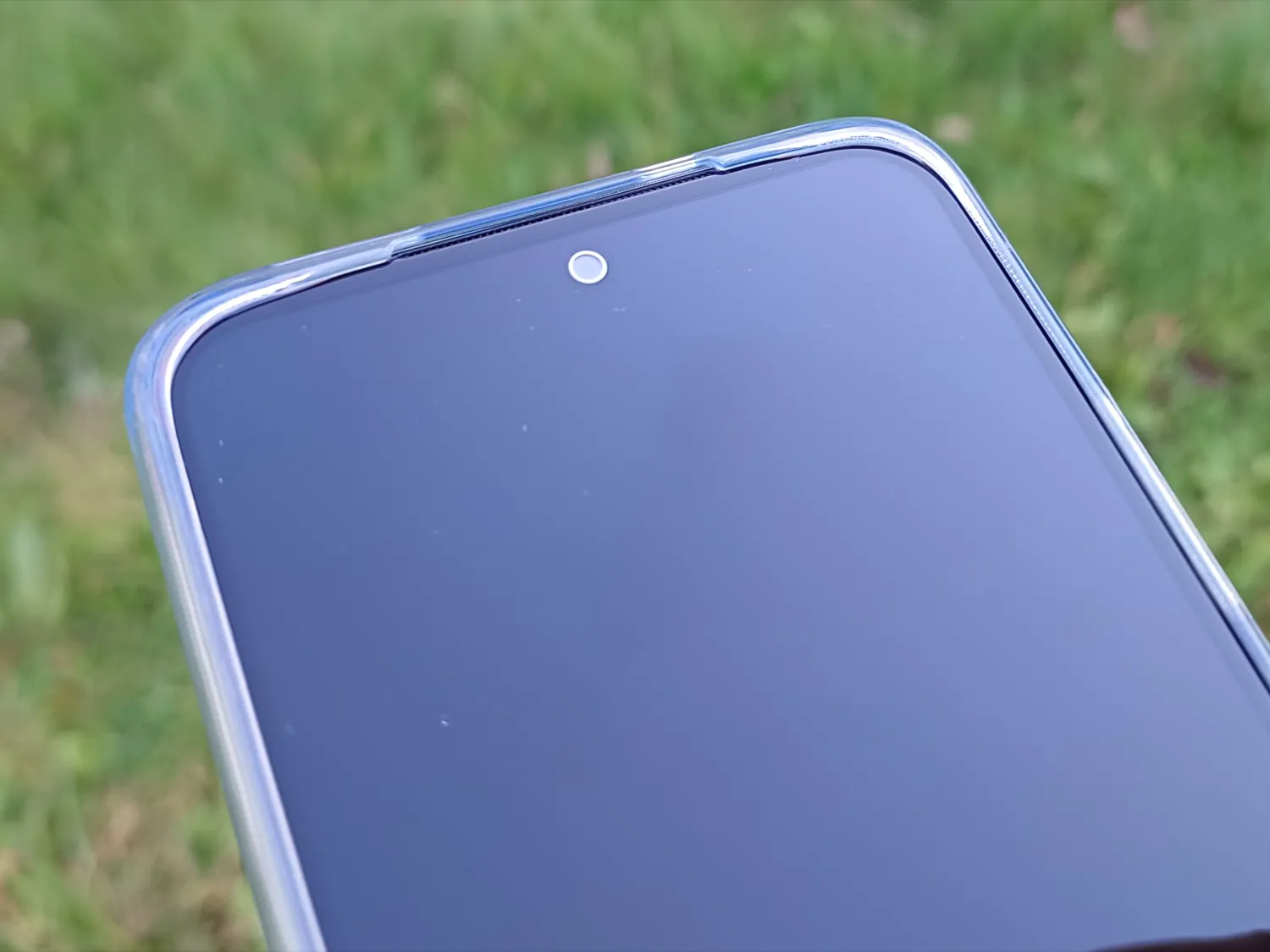
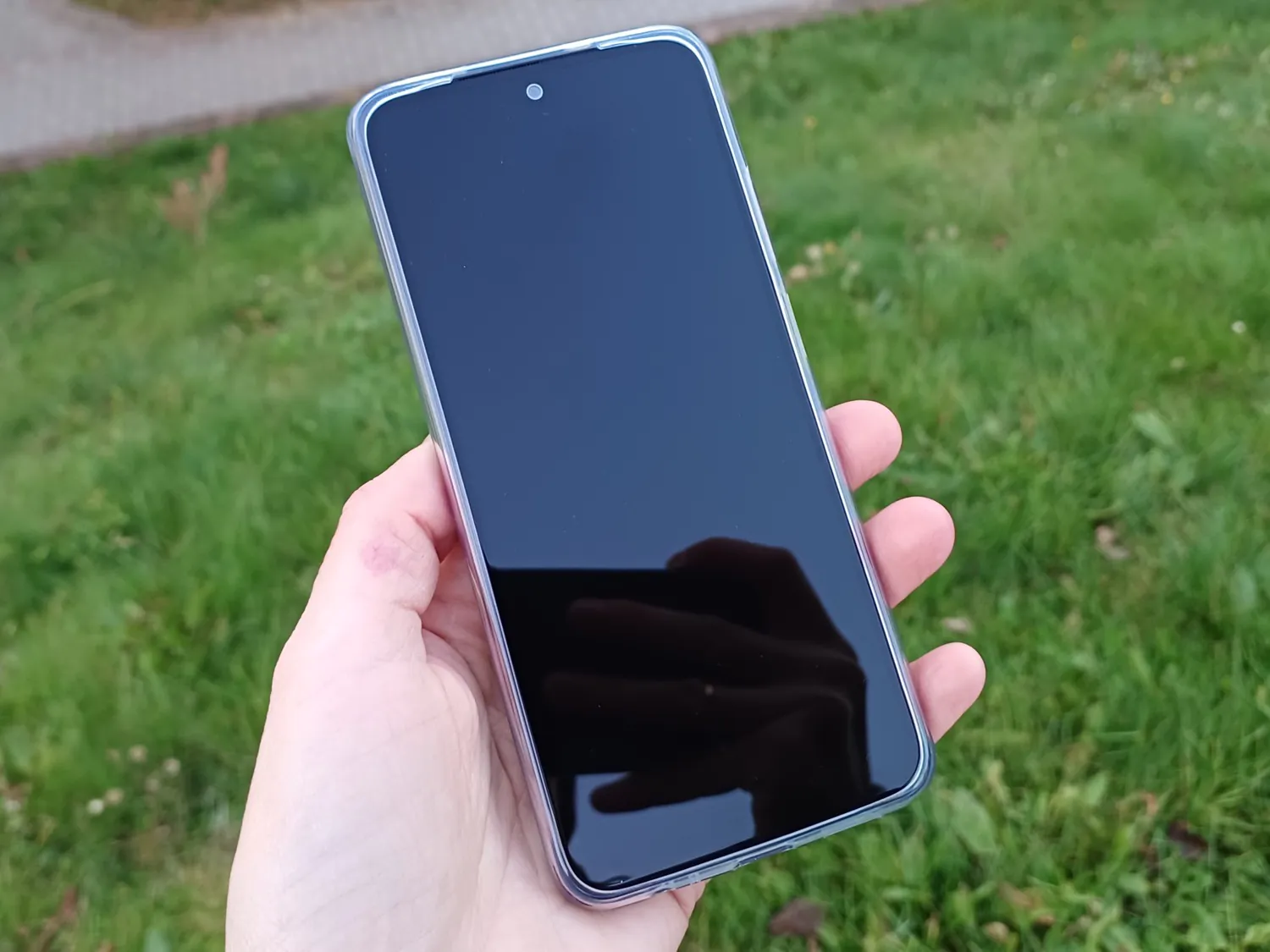

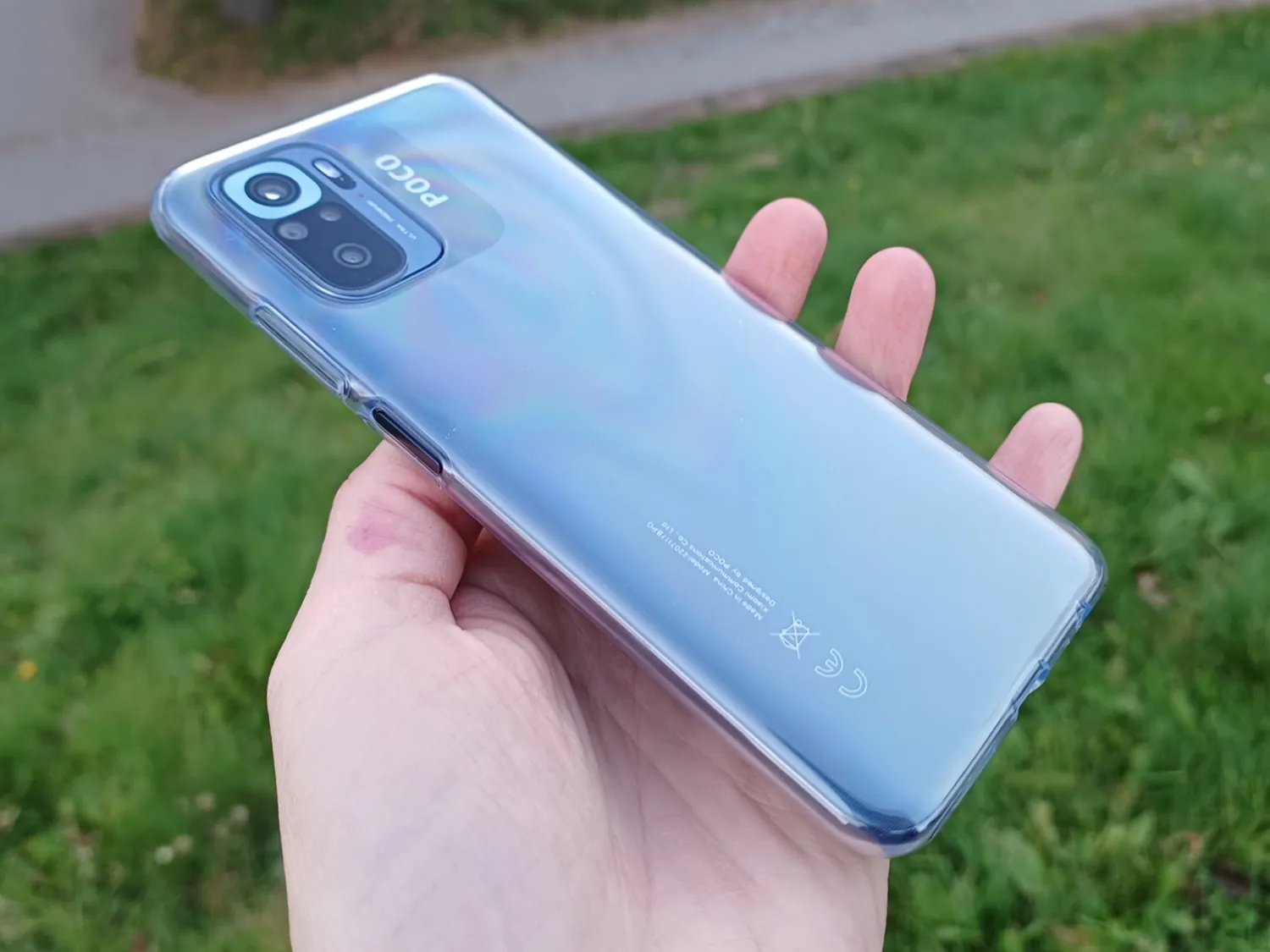
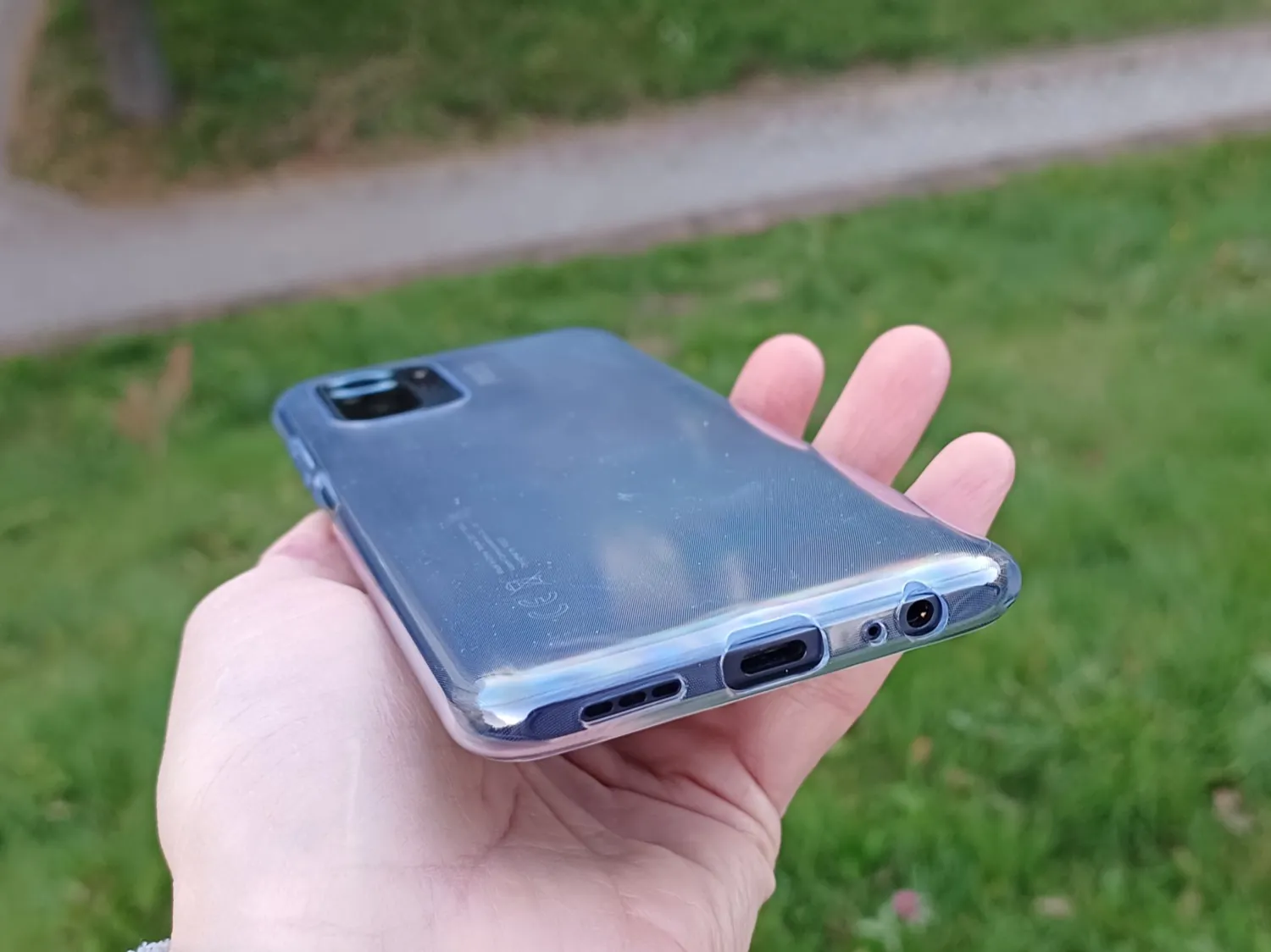
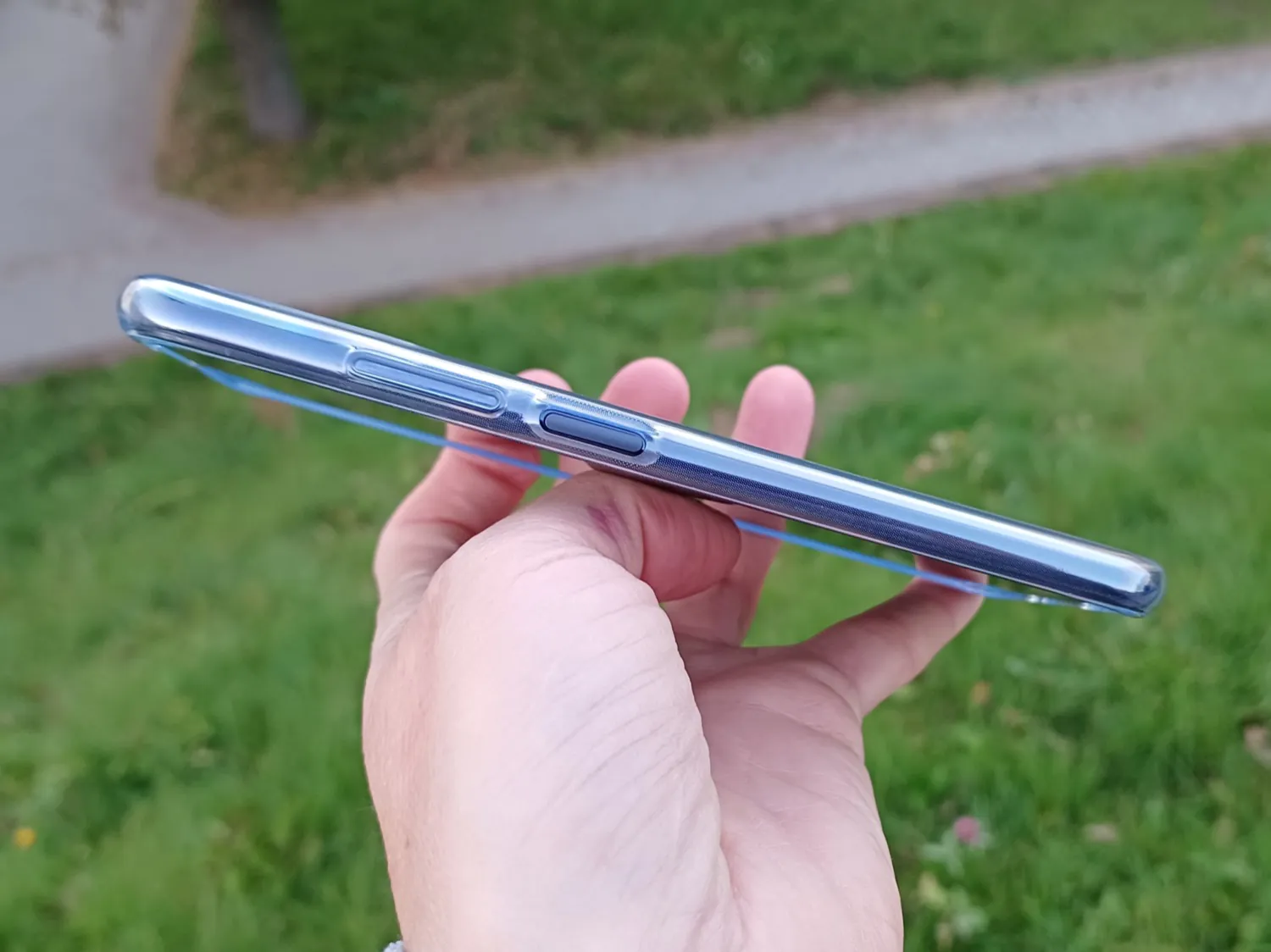
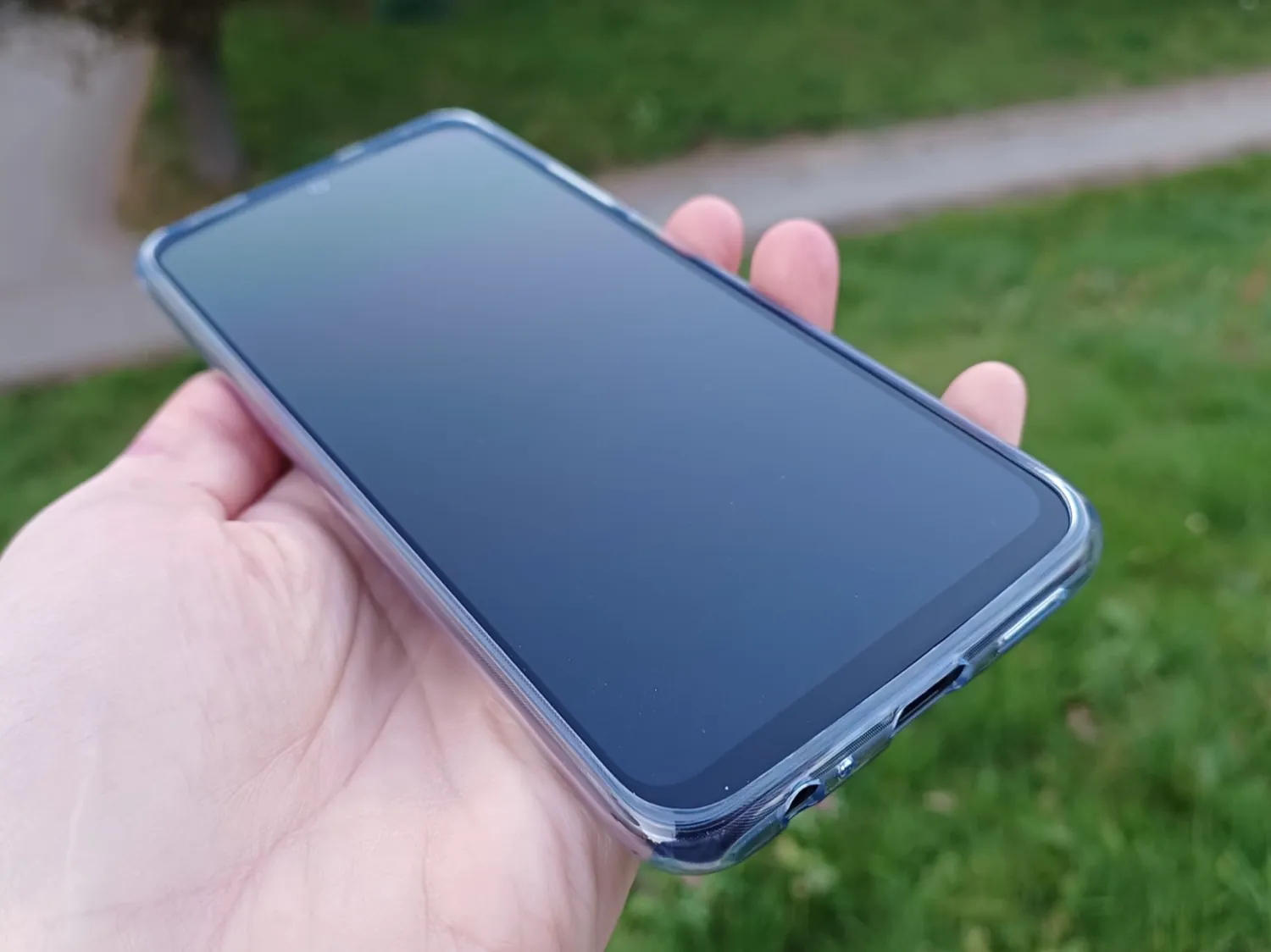

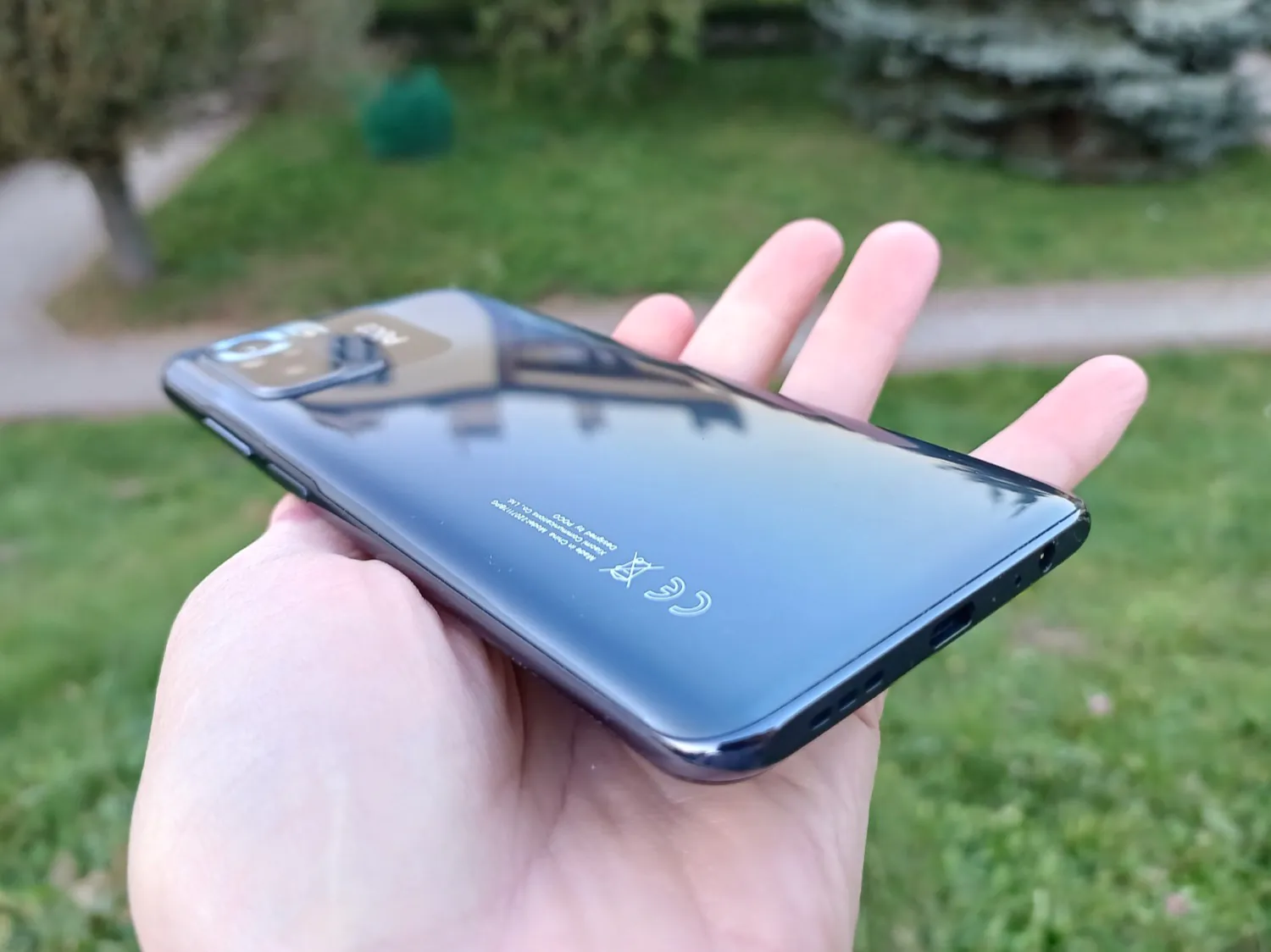
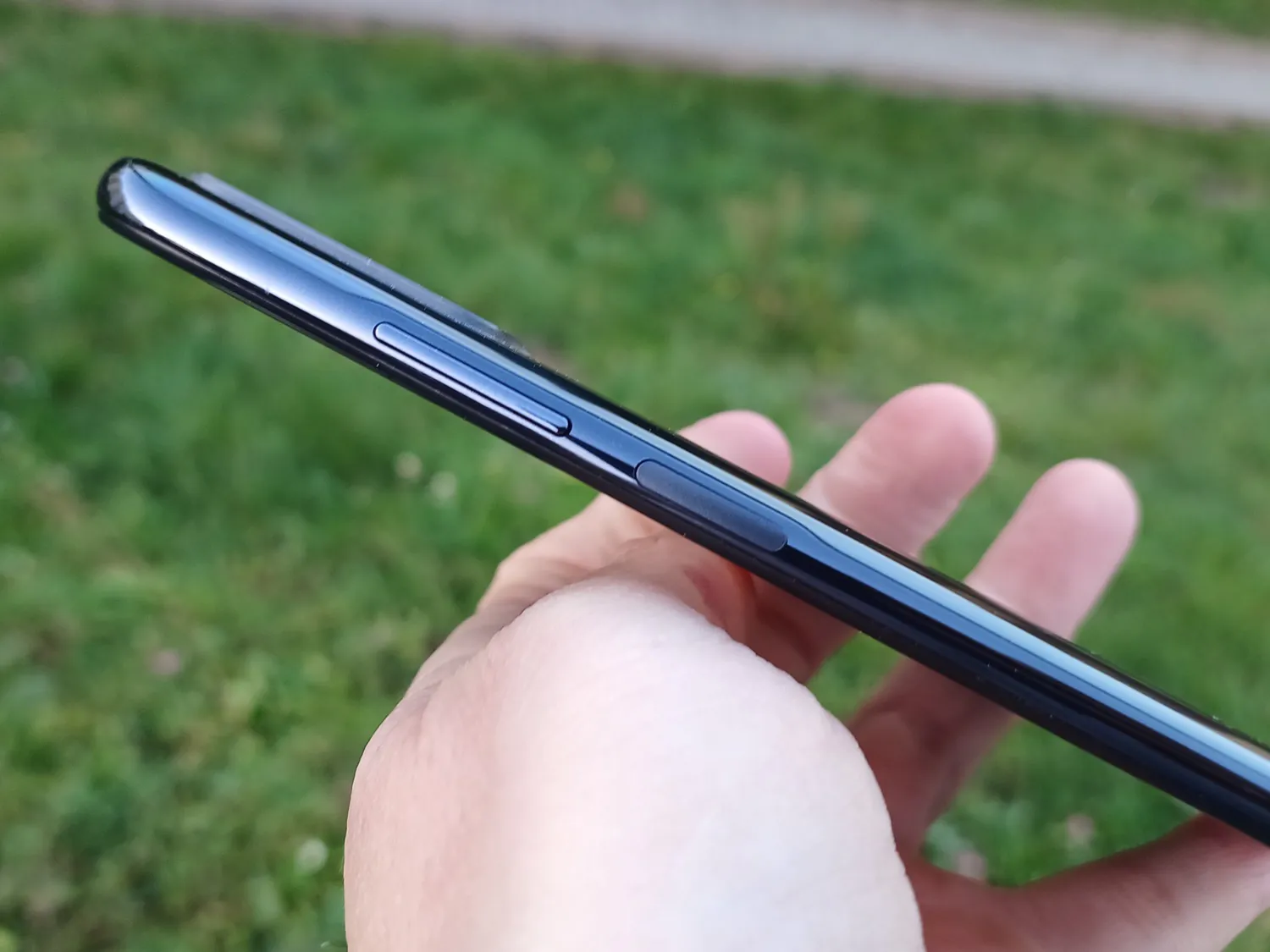
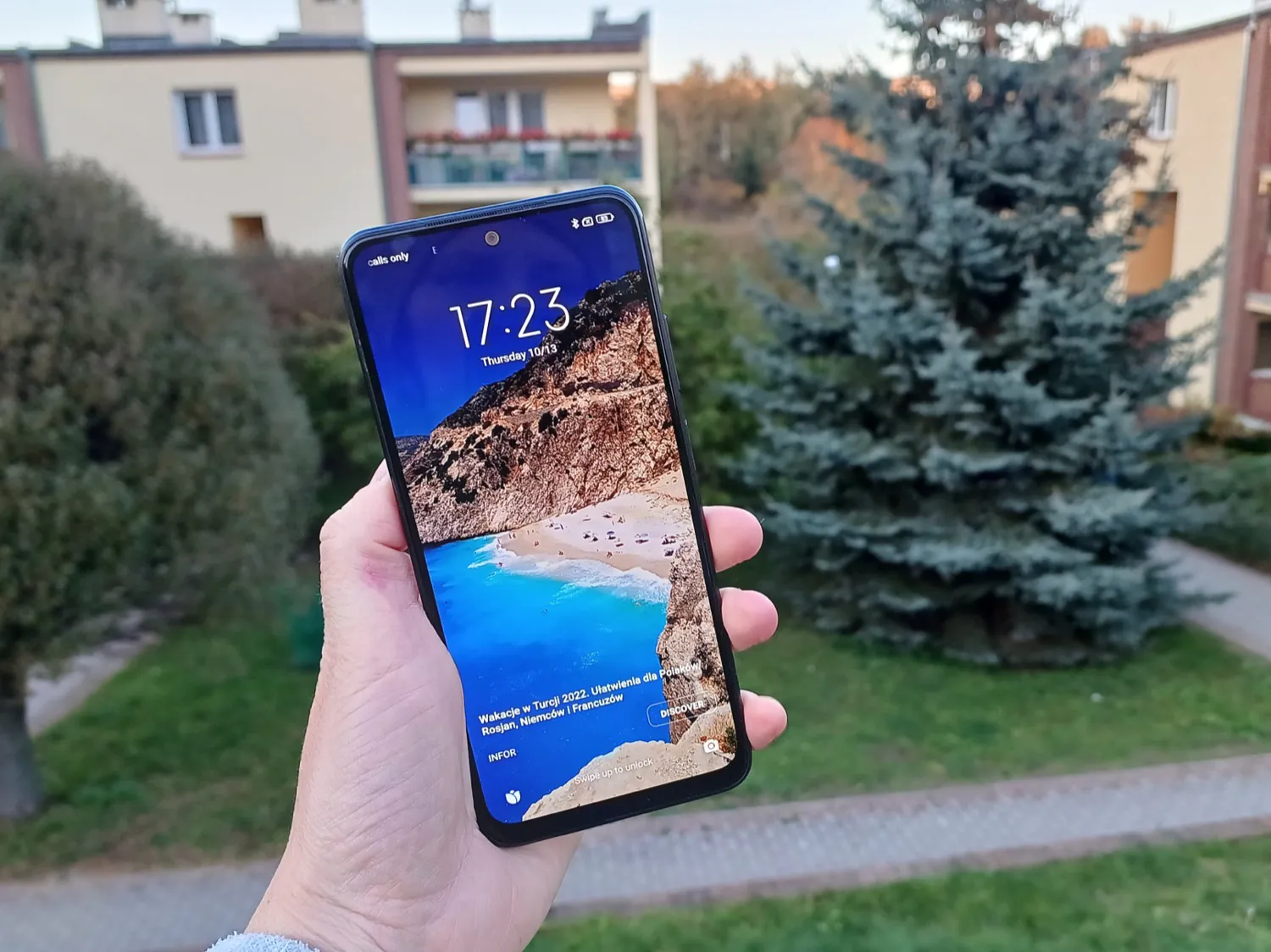

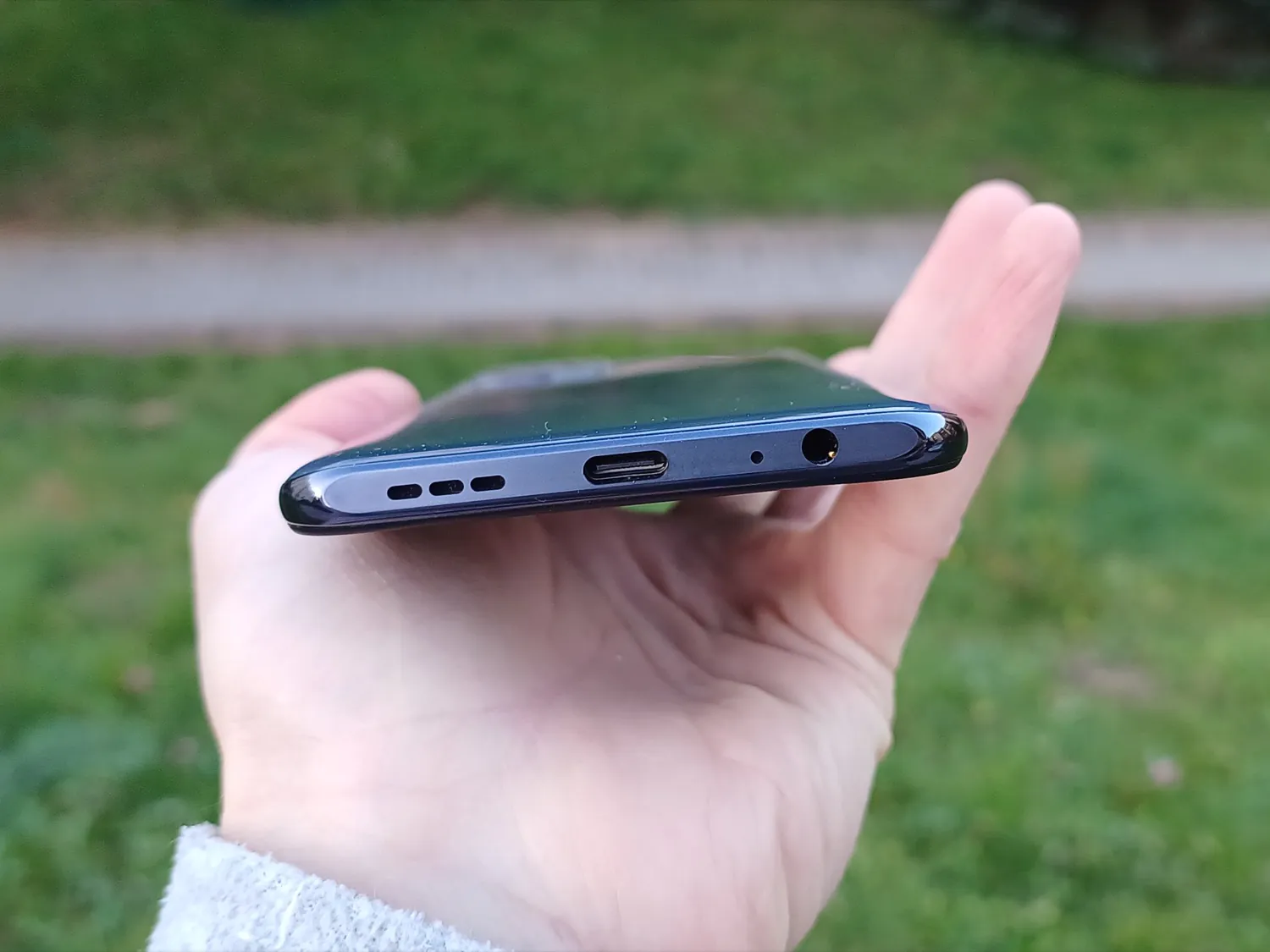
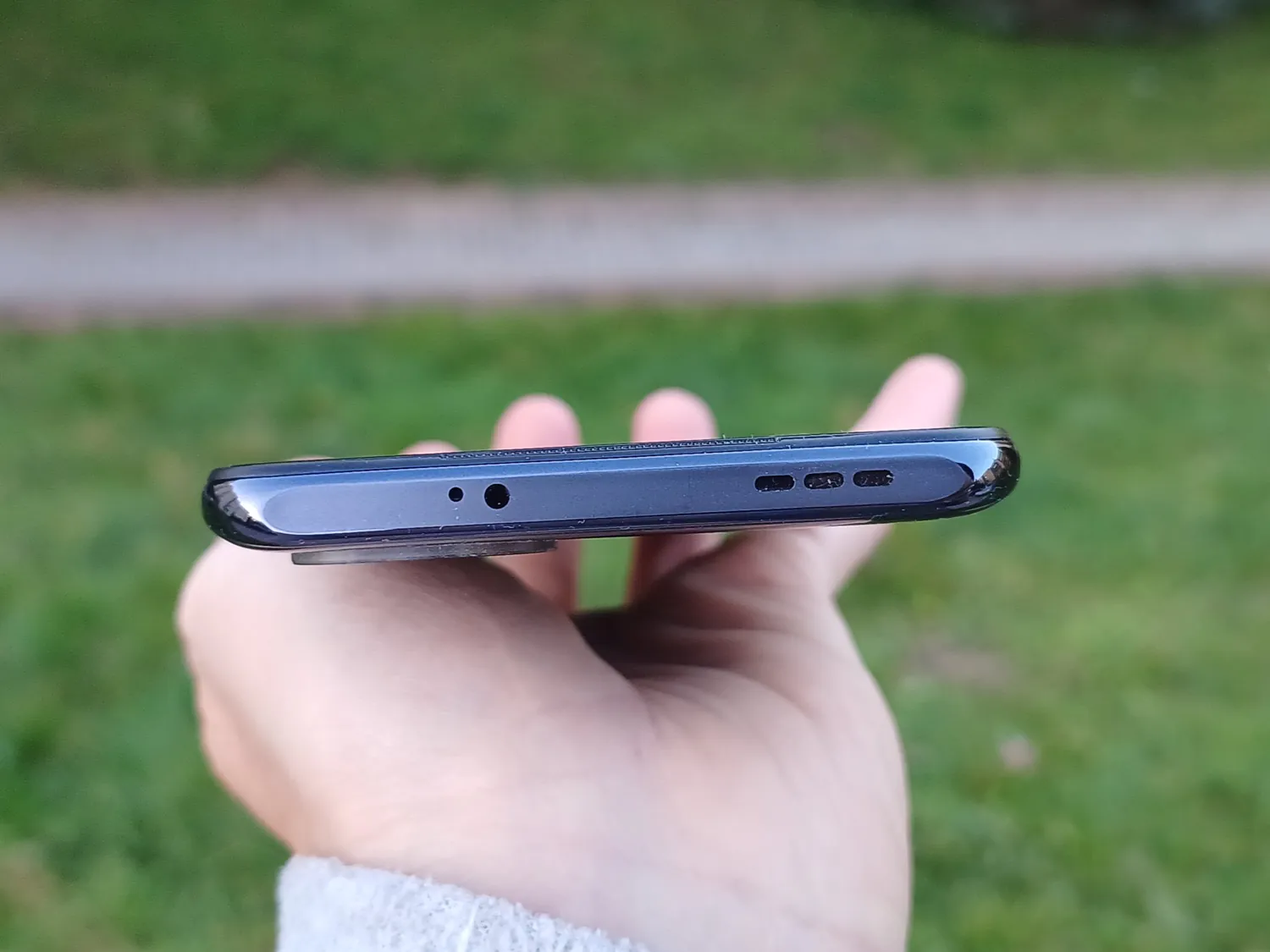

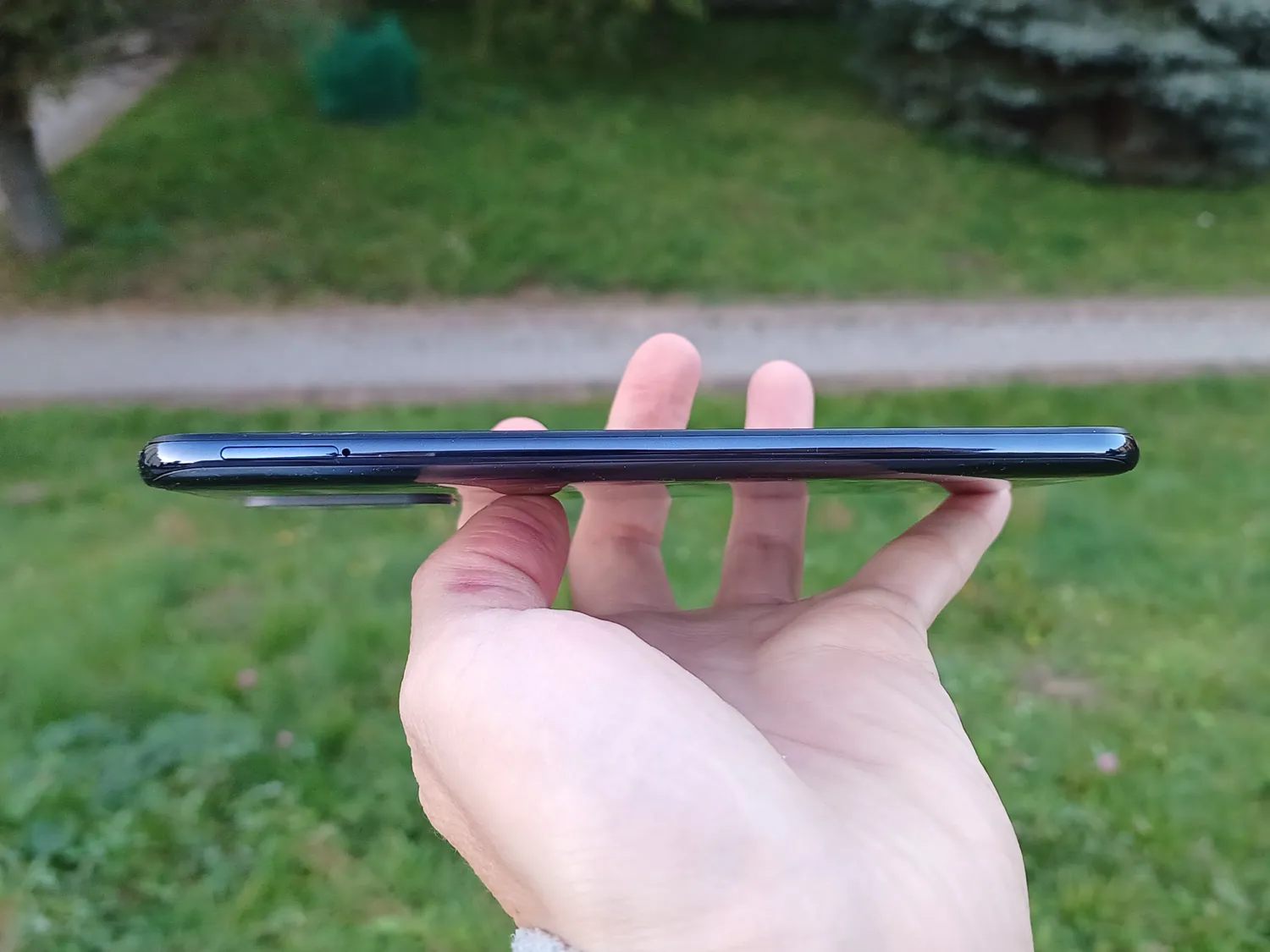
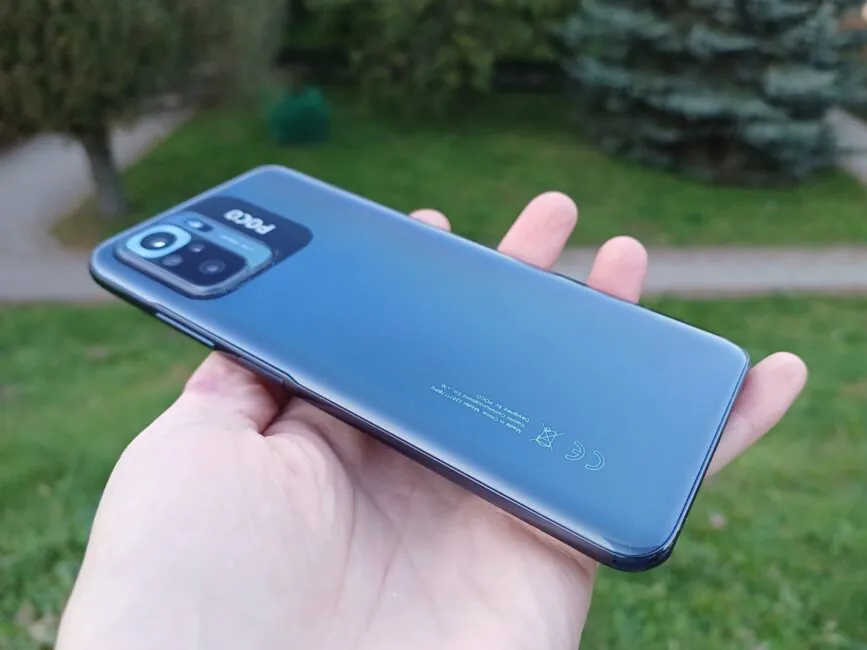
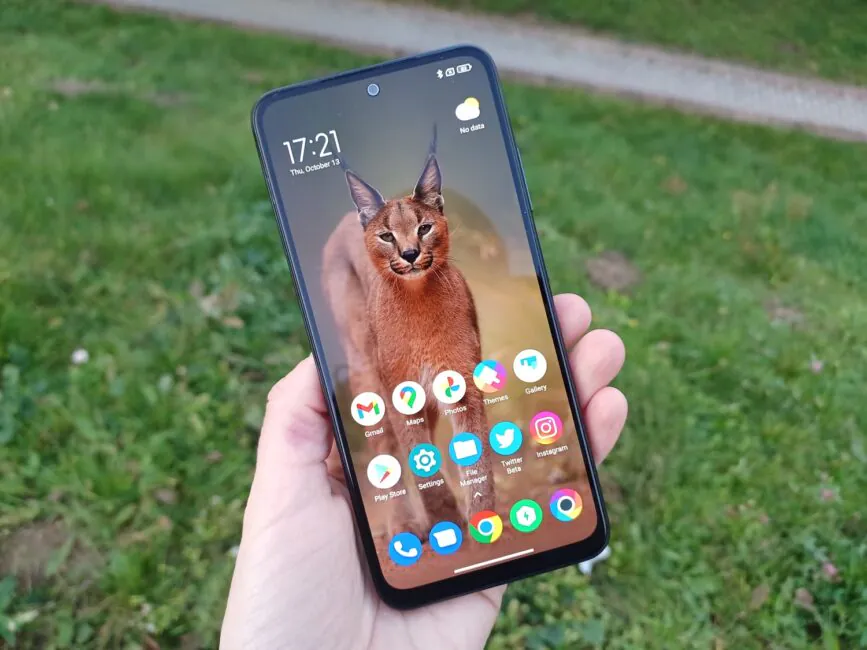
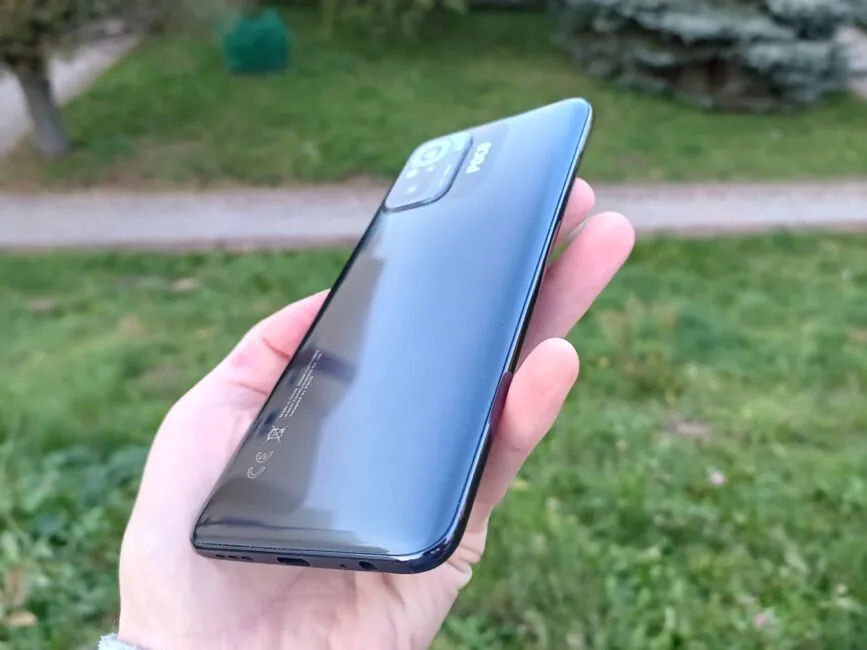
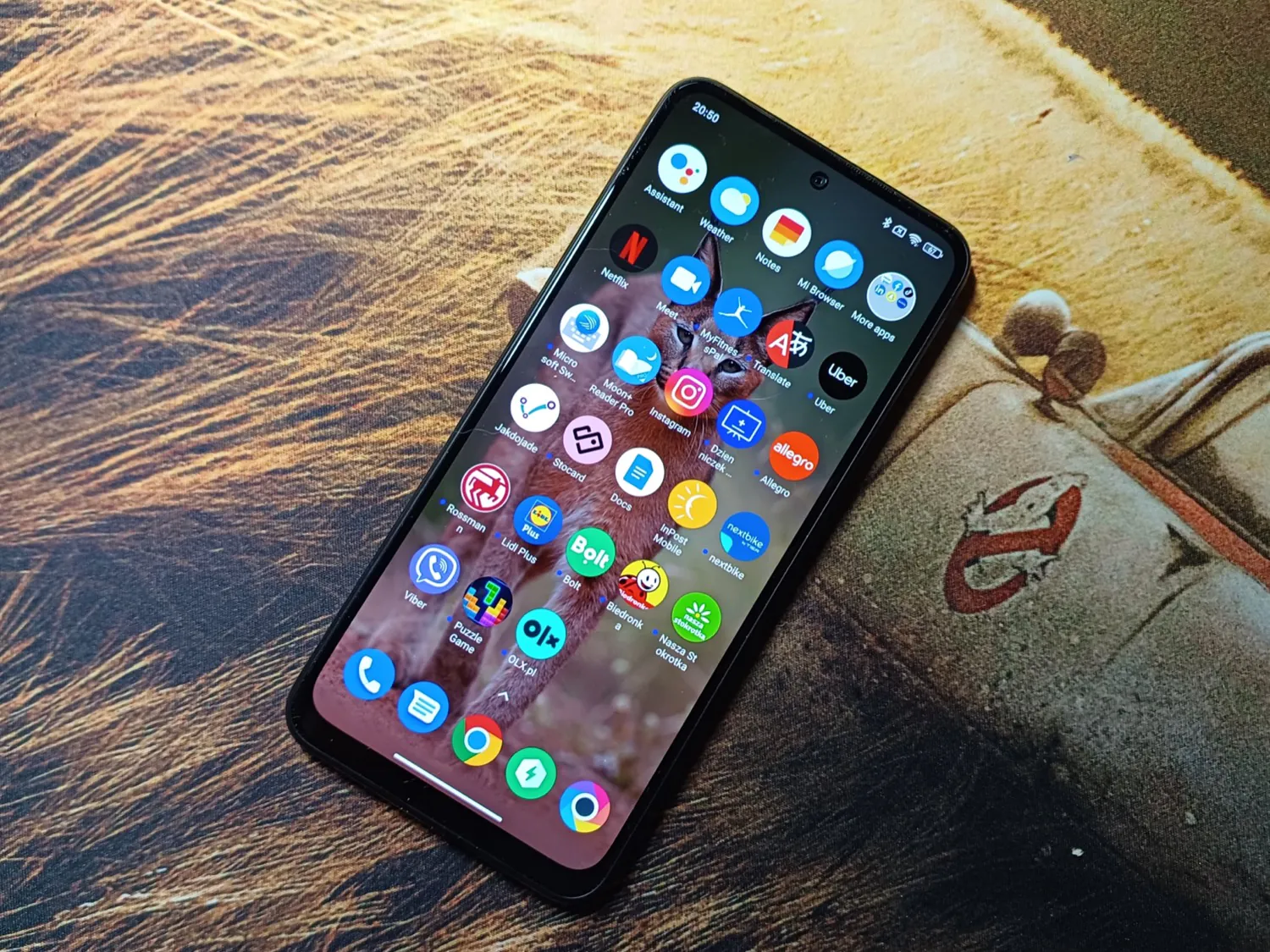
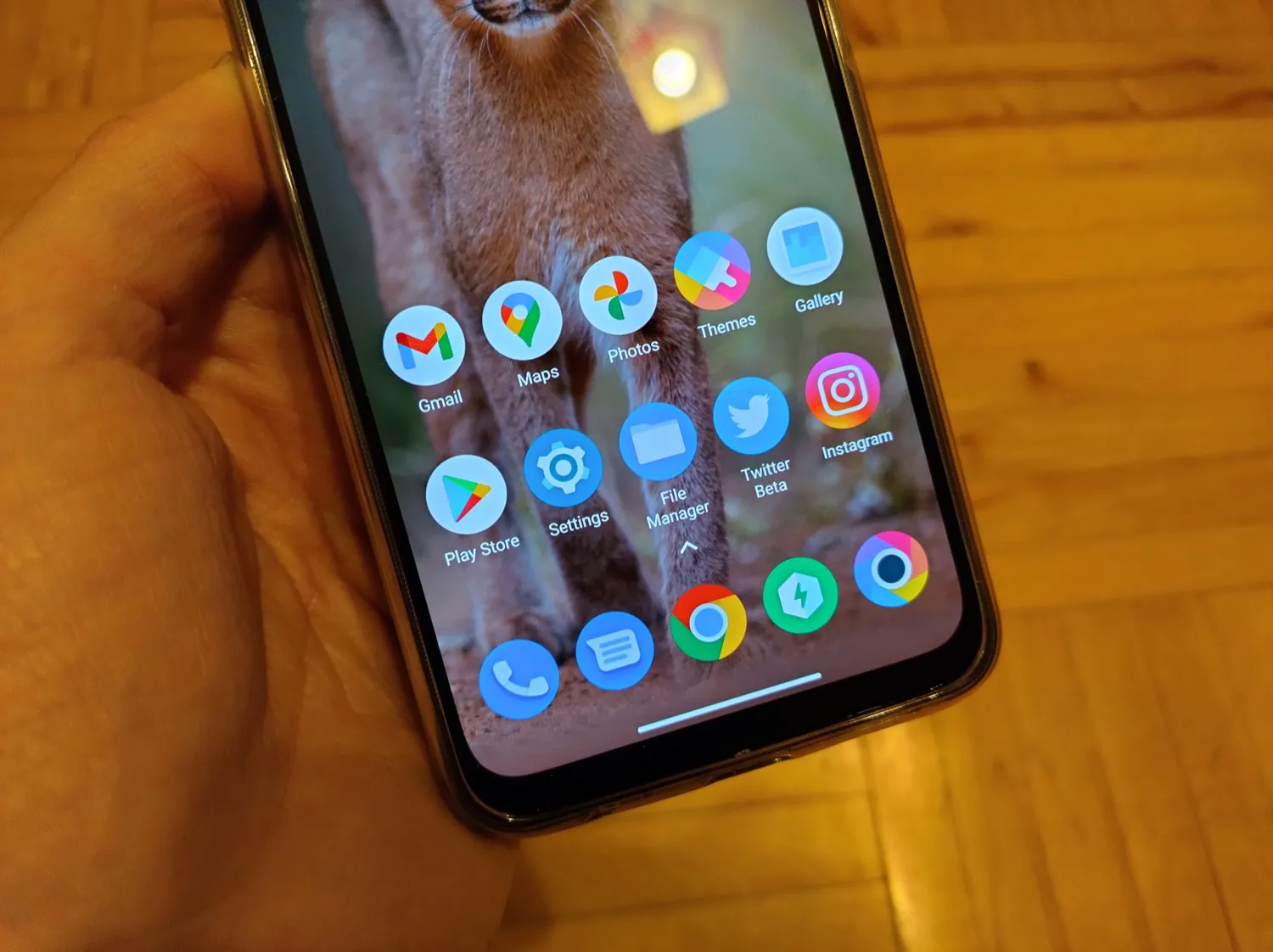
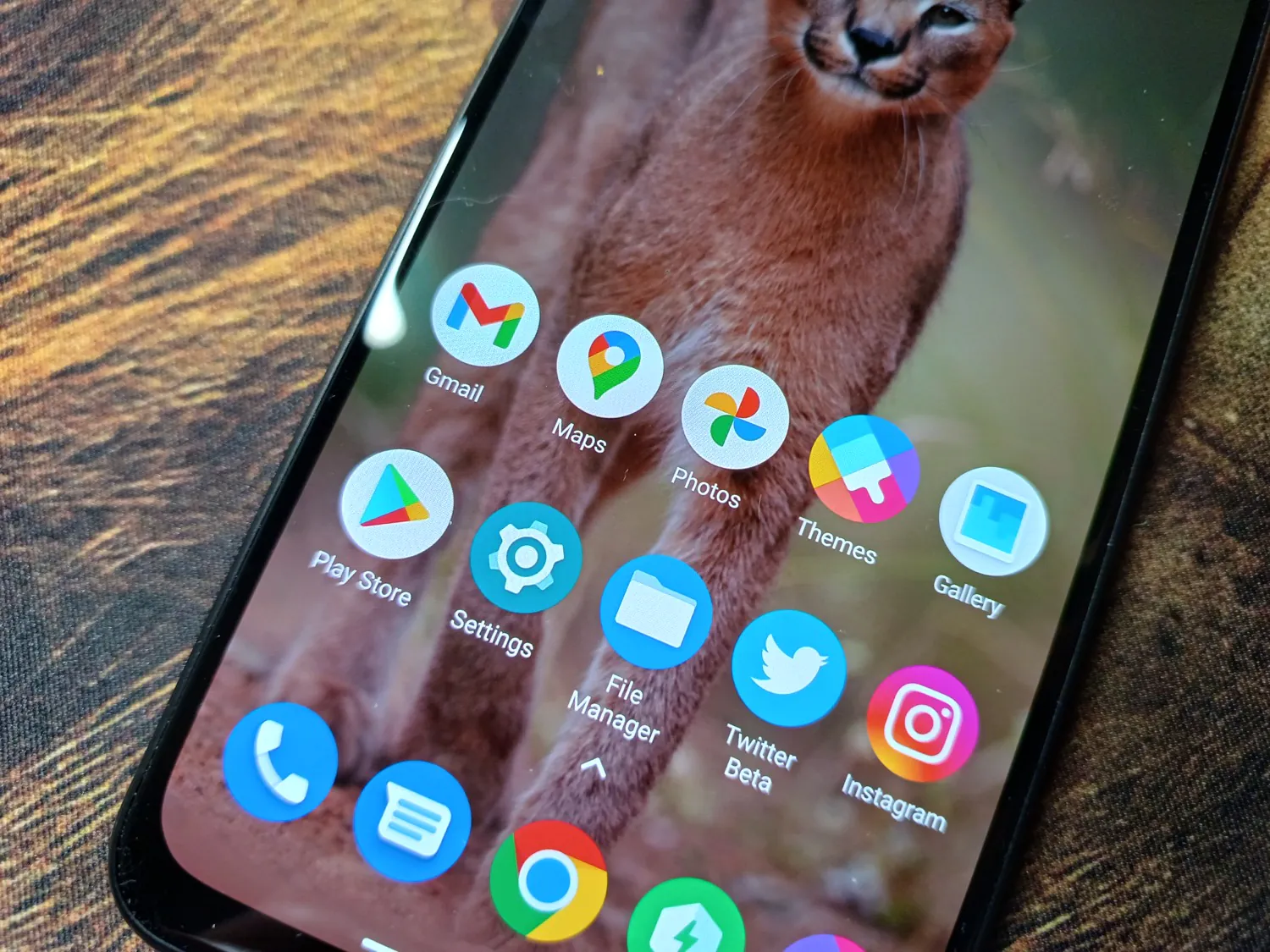
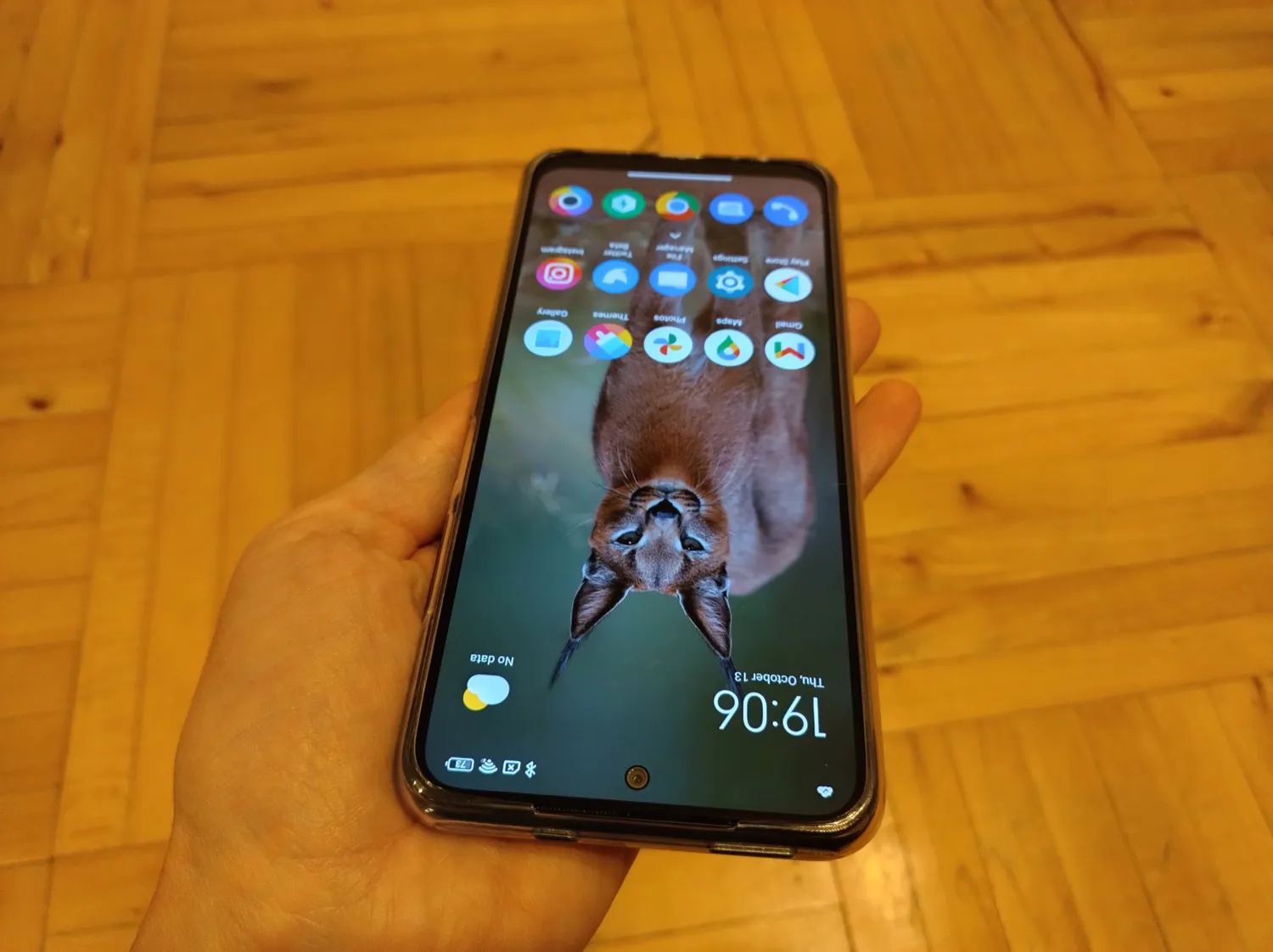


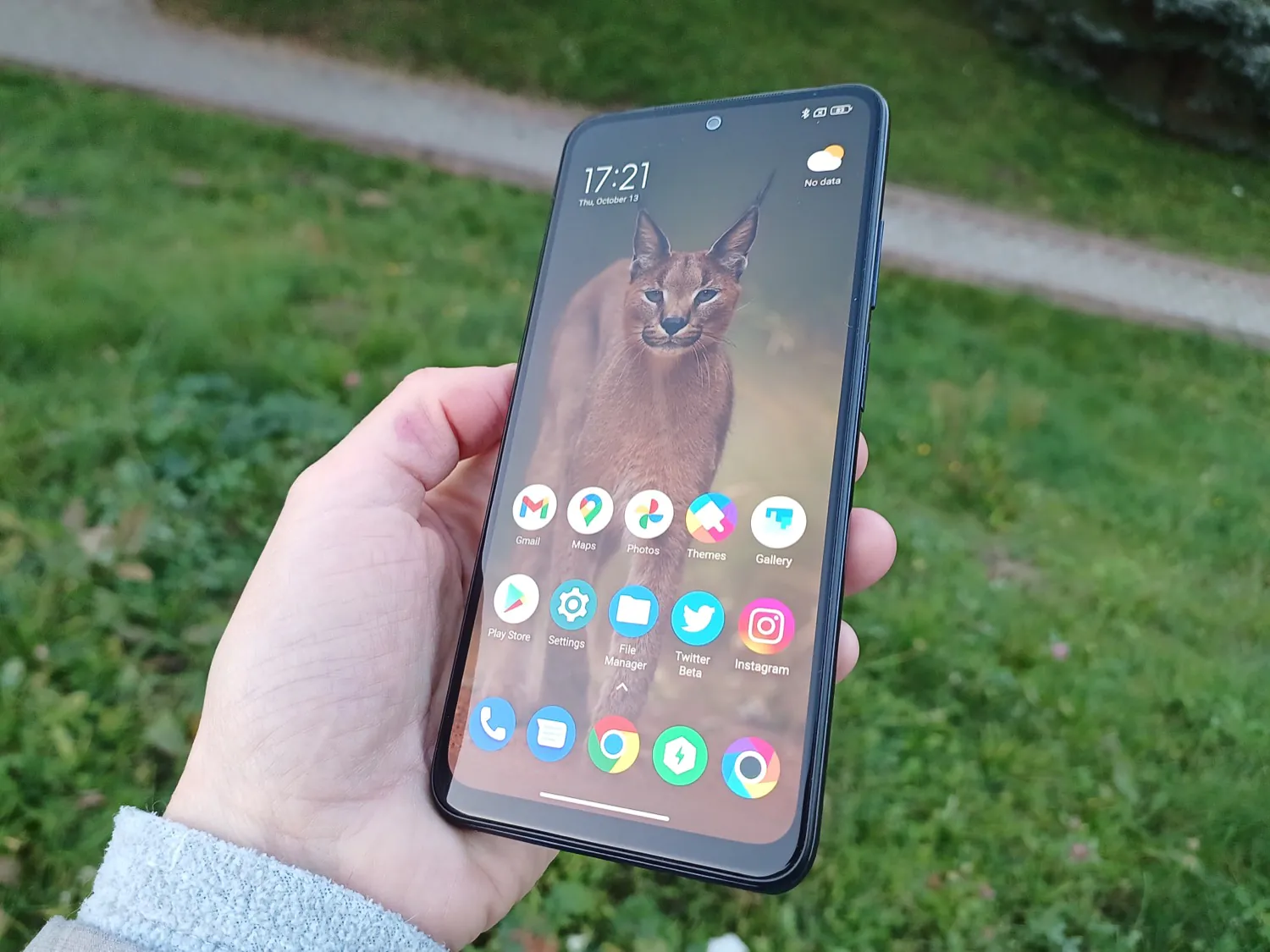
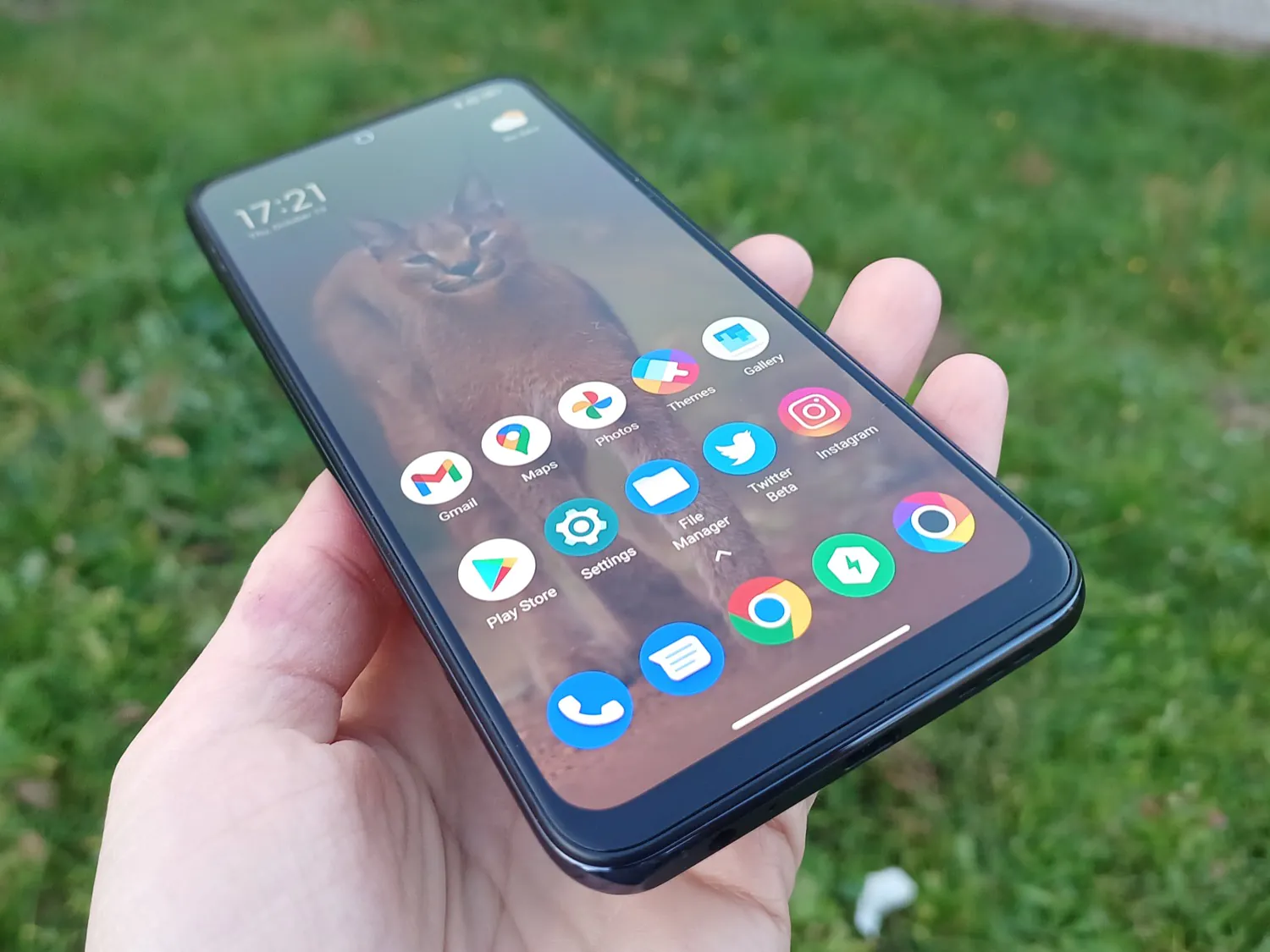
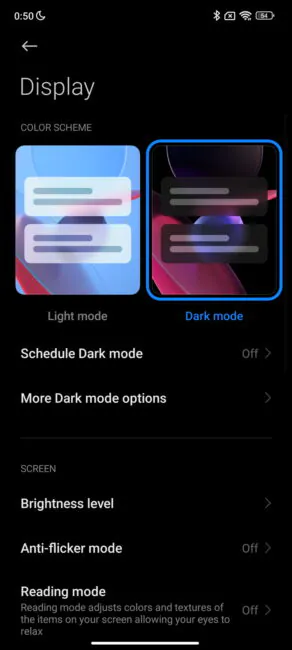
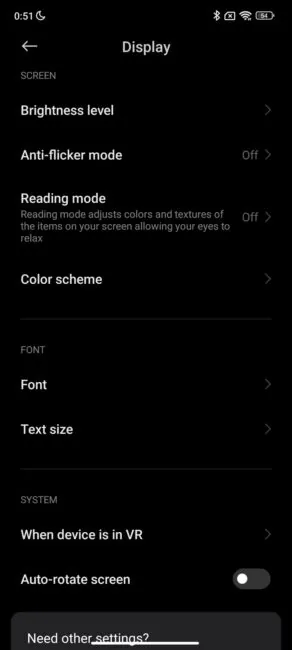
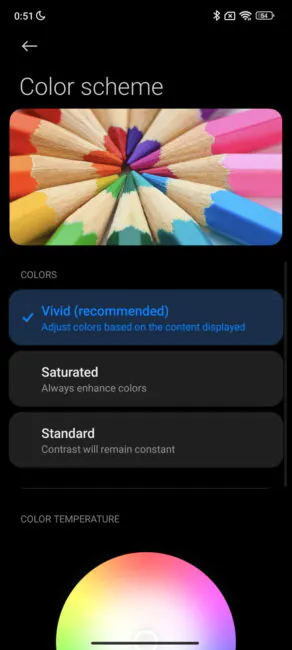





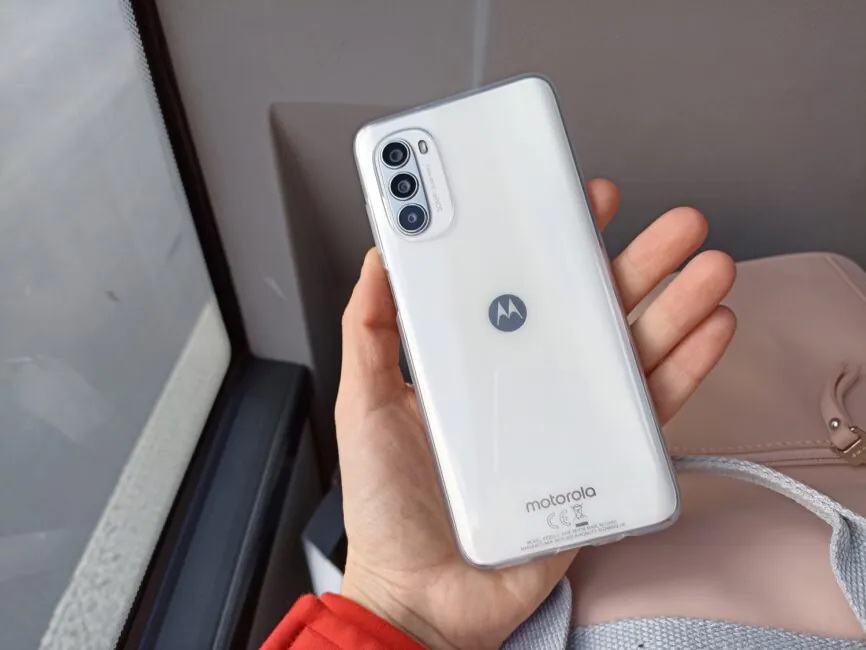





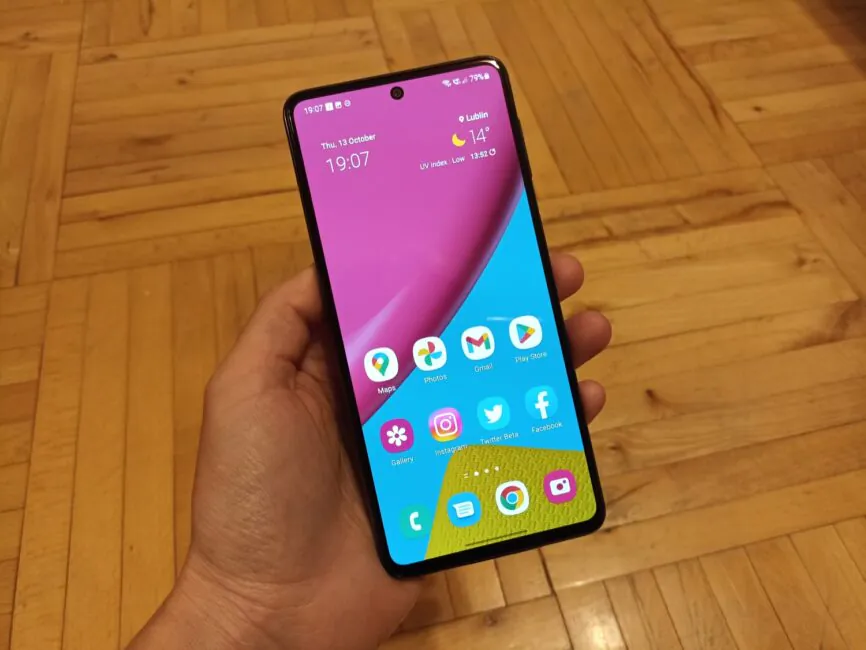





























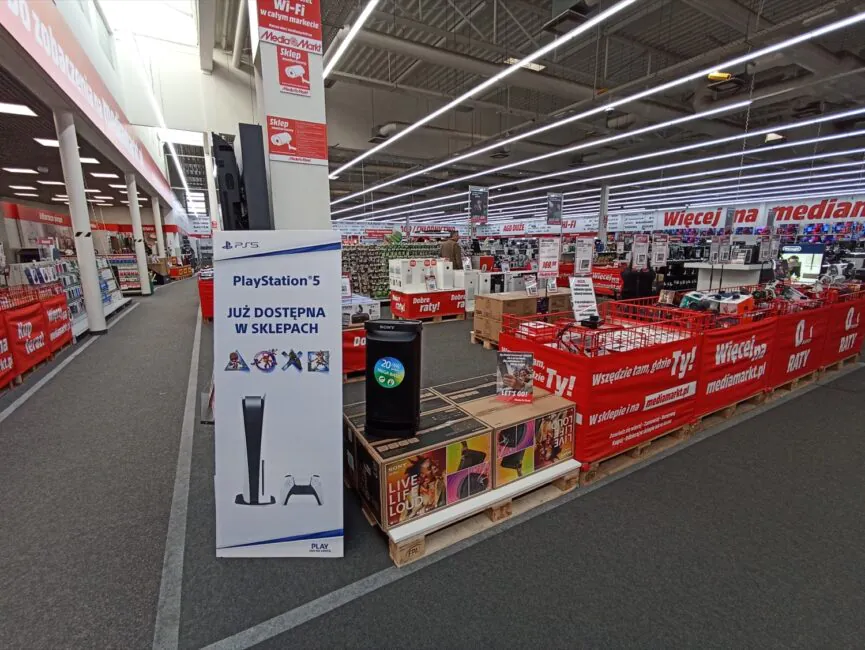

















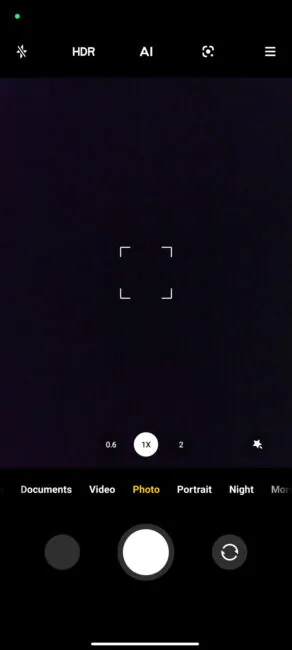
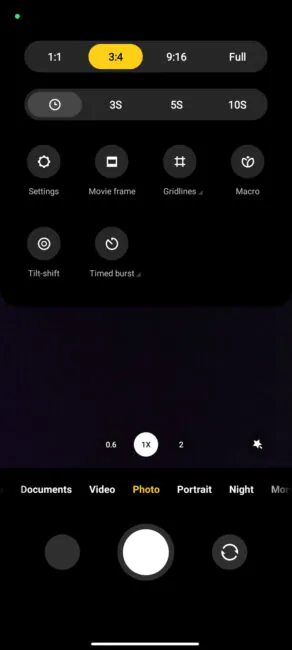
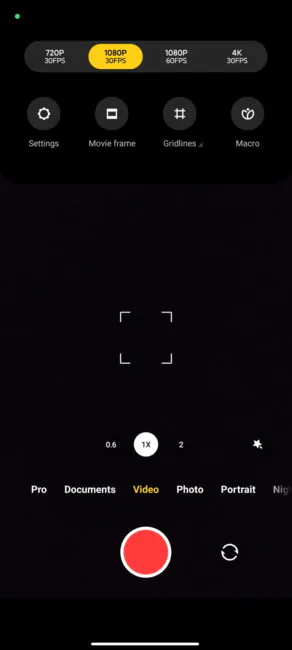

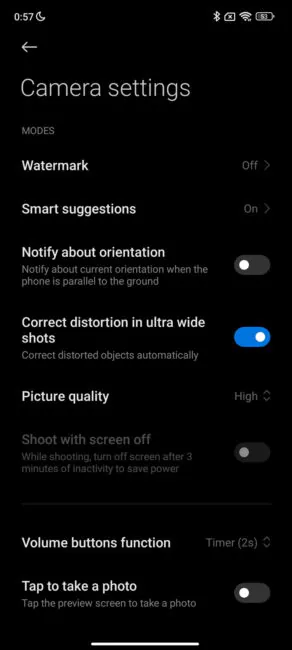

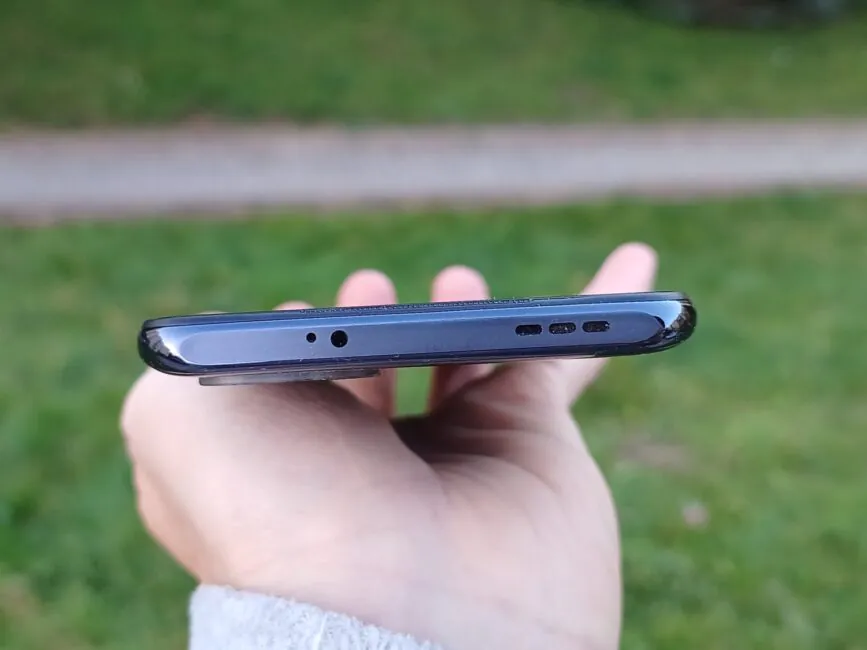
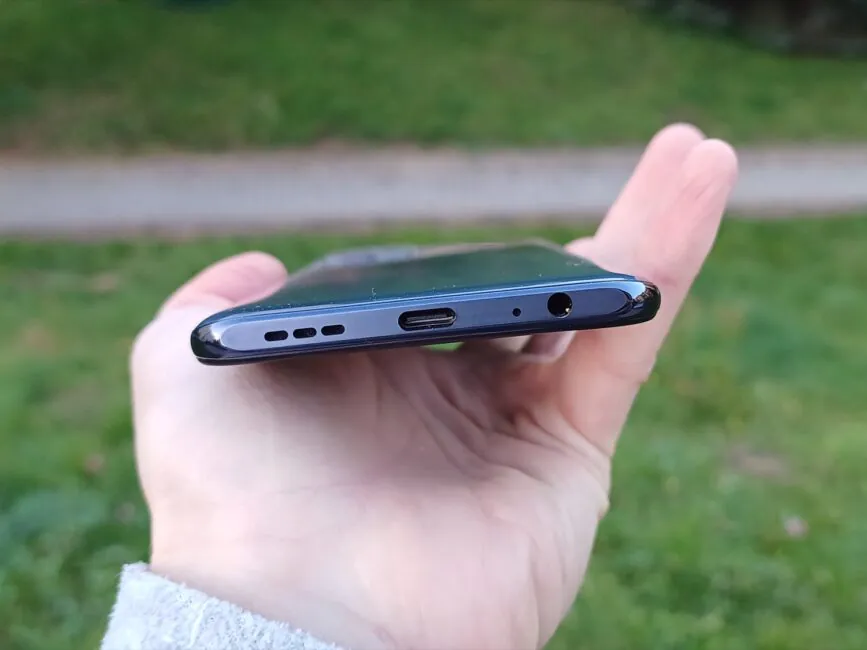
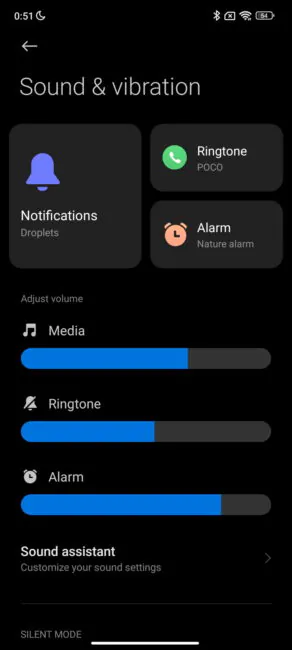
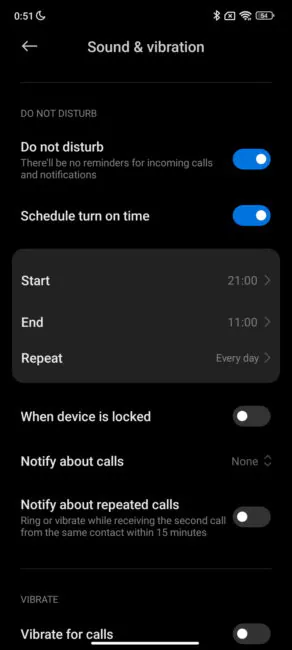
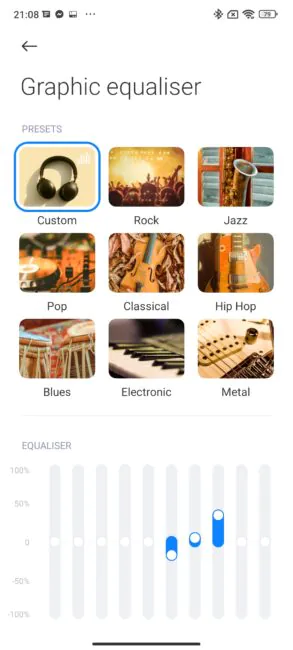
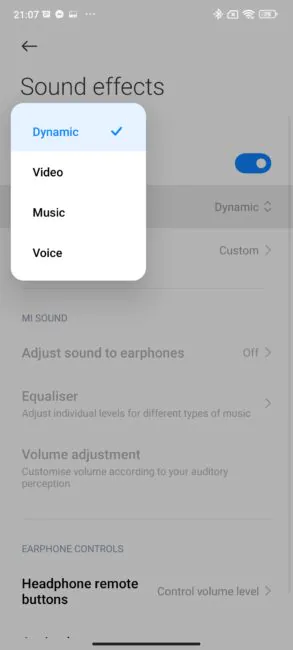


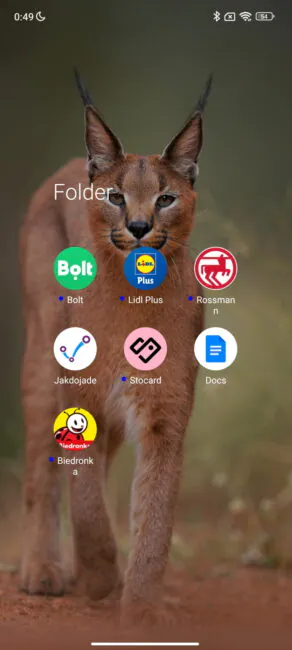
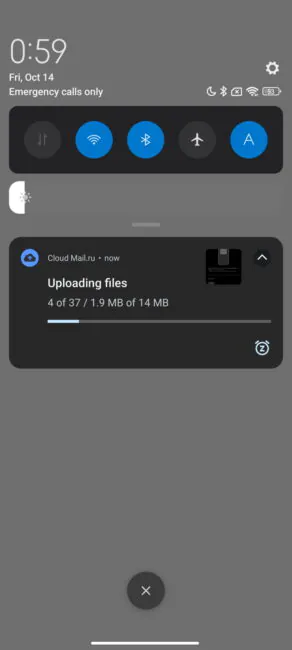
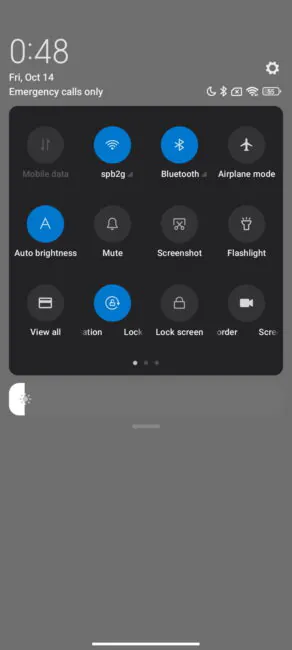
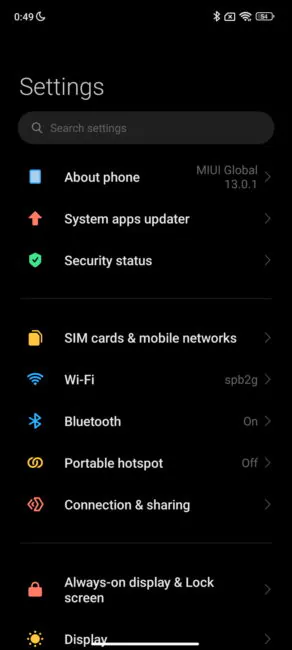
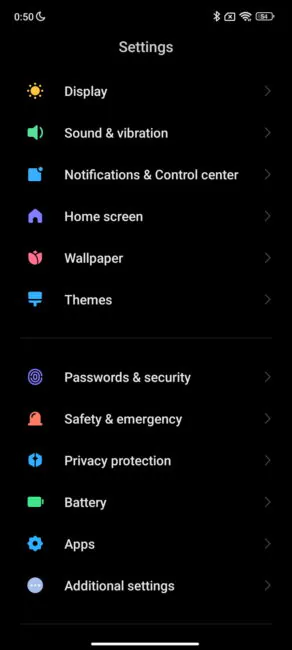
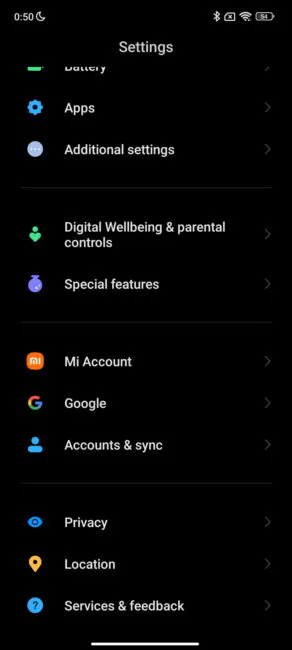

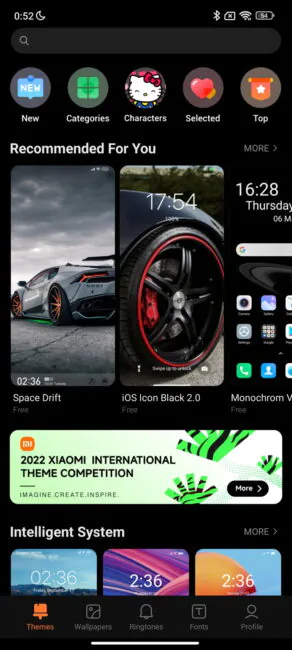
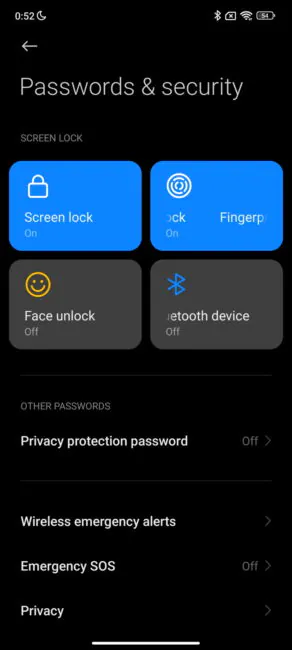
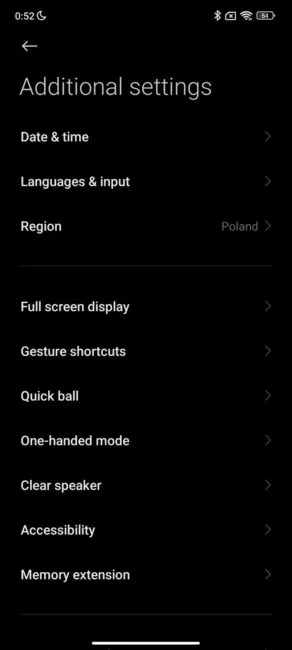
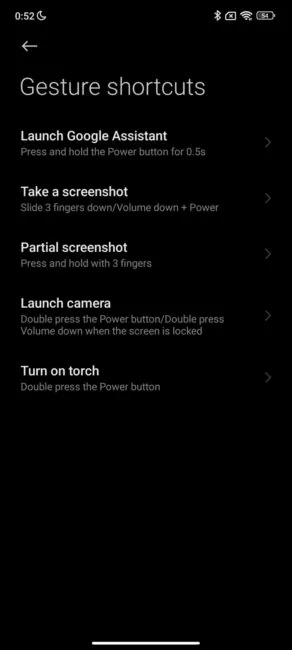
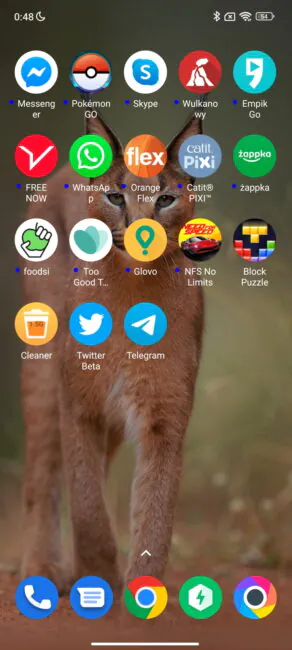
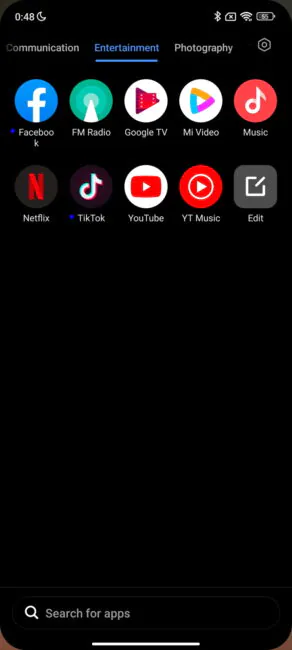

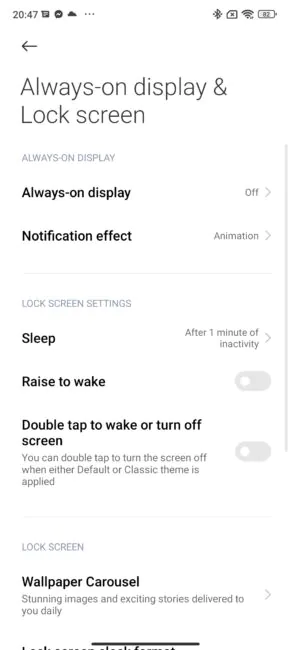
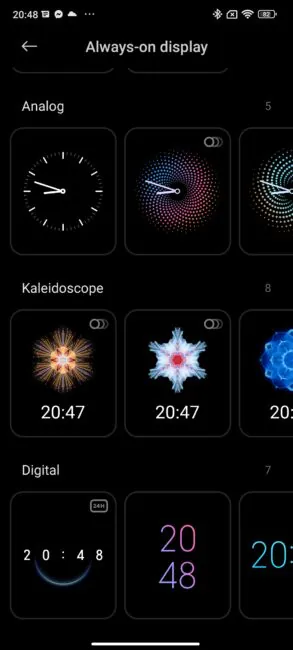
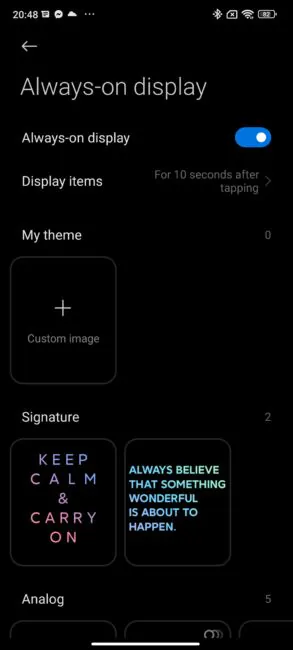
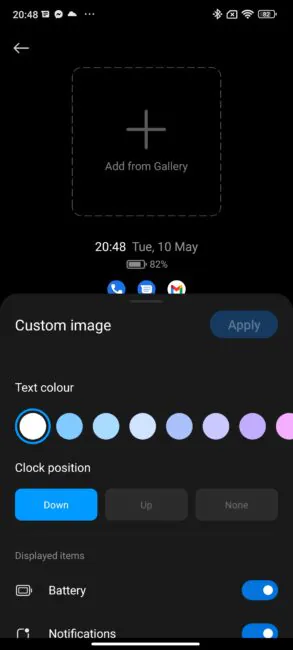

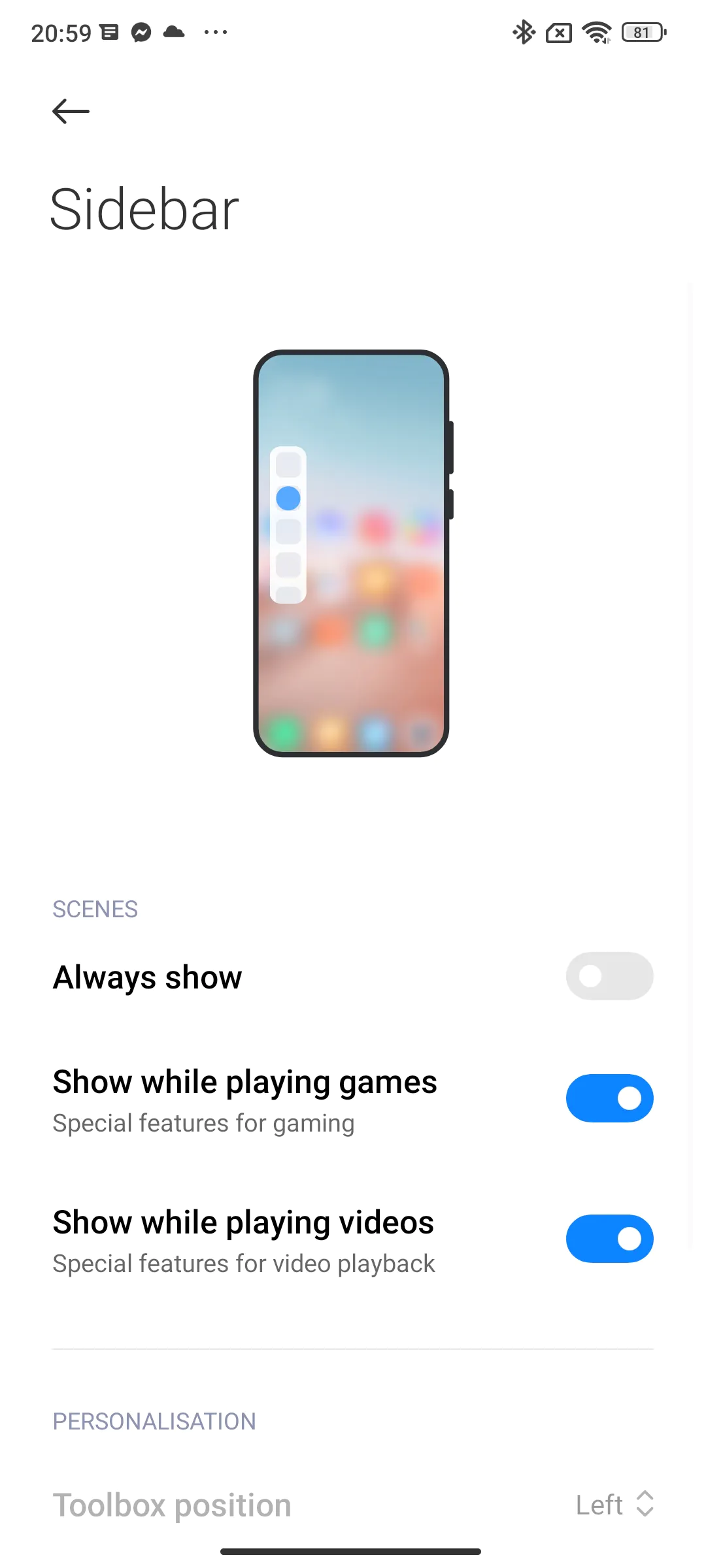
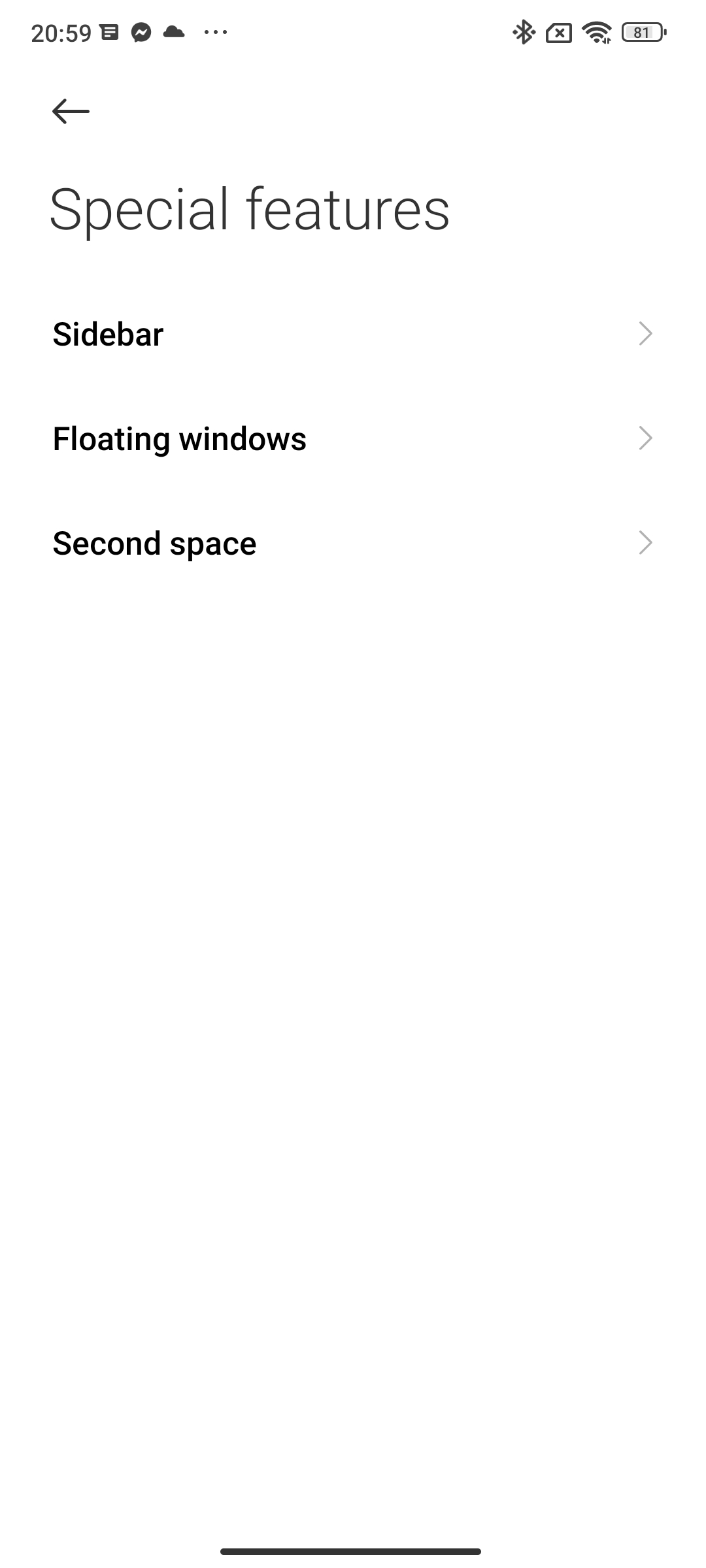
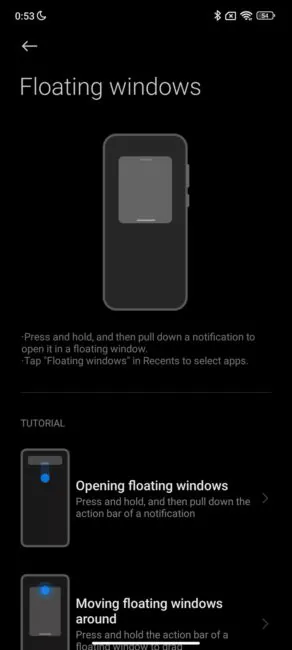
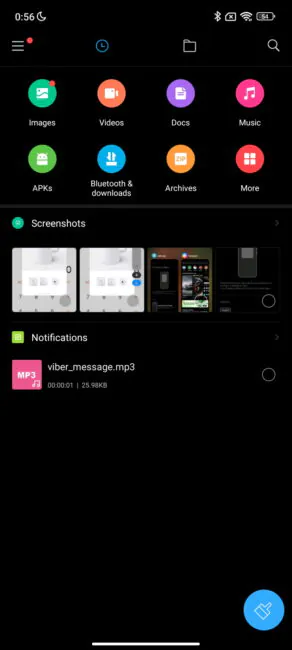

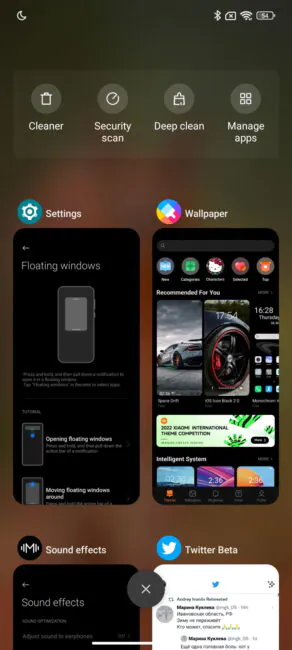
Hi , my name is Nuno and I’m from Portugal, I would like to ask one opinion about smartphone, which phone do you recommend for performance ” work, i dont use for any game ” ” and to take macro shots and sharp photos, one mobile not too expensive and not very big in size, you have more experience in testing a lot of devices, can you help me?
I like to take photos most often to pigeons in box, flying, and the eyes, is that because macro is important
If you could help me would appreciat
i see the poco m5s for cheaper phone, is good ?
what phones do you recommend ??
Thanks
Hello!
Thanks for your question.
It is difficult to find truly good cameras in this price segment.
Look at the OnePlus Nord 3 as a better alternative.
From experience I can say that you are looking in vain for a smartphone with a special macro camera. Typically, such cameras have low resolution and do not take very high-quality pictures. But if you take the same photo with a 48-108 MP camera, then the crop of the object may be of better quality than the shot with a macro camera. Pay attention to smartphones that are a little more expensive; it is advisable that the camera has optical stabilization. Realme has good options now (realme 9-10-11, Pro, Pro+). Also look at Moto Edge 20.
Best regards,
Hi, today i have seen the xiaomi 12 lite 8/256 for 200 euros, but dont know, i see a lot of reviews, but is so hard to choose the right phone, my huawei p20 pro is nice, but the glass broken, i want to replace for one at least equal.
Thanks
I’m afraid you’ll be hard to find a better camera at this price. It’s just that Huawei P20 Pro has a very good camera even today, it’s a flagship smartphone with Leica optics and advanced operating algorithms.
Perhaps you should look at the secondary market? Try to buy inexpensively one of the flagships of Samsung, Pixel, Huawei (the latest smartphone with Google services is P30 Pro) OnePlus.
maybe is better to put a new frame/glass in my huawei p20 pro, what do you think ?
It seems to me, the smartphone is very old and it will be difficult for you to find an original spare part, in addition, the cost of repairs will be very high. Also, as far as I know, the glass changes along with the display. And non-original substitutes will be of poor quality. It’s easier to buy a whole second-hand smartphone.
Good point of view, i see the morotola edge 30, but i dont know why the motorola the people says that is garbage i have afraid to take a risk, will see, thanks for your time, you were the only one that sends me an answer.
Motorola Edge 30 – is a good option.
Our review in English: https://root-nation.com/en/gadgets-en/smartphones-en/en-motorola-edge-30-review/
Review in Portuguese: https://root-nation.com/pt/ua/gadgets-ua/smartphones-ua/ua-oglyad-motorola-edge-30/
But again, I repeat, now you have a good flagship camera, despite the fact that the 2019 model (and then it was probably the best in smartphones), but even now it is better than many inexpensive and mid-range smartphones.
Can you try to find Huawei P30 Pro? There’s an even better camera. And there is another option – Huawei P40 Pro, which has a camera at the level of many current flagships. But there are no Google services (Instead, there are Huawei services and the Huawei AppGallery app store). If you don’t mind, you can give it a try, these smartphones are inexpensive because there is low demand for them. But you can try :)
More info:
EN: https://root-nation.com/en/soft-en/lifehacks/en-huawei-without-google-services-2021/
PT: https://root-nation.com/pt/ua/soft-ua/howto-ua/ua-yak-koristuvatisya-smartfonami-huawei-bez-google/
Good morning
Vlad, until 650 euros, do you recommend the pixel 8 8gb/256 or samsung s23 8gb/256gb or better than both ? i think i will invest, tell me one that you really see that will be fantastic for photos, videos, and work / video editing, etc
+ – until 650 euros
Thanks
Hi!
In my opinion, Samsung looks preferable, generation S23 has a good chipset, display, UI shell and camera.
The size is very compact and generally it’s a stylish smartphone.
I’m currently using the S23 Ultra and am very pleased.
Regards,
P.S.
The only other thing you should consider when choosing a compact smartphone is that they have smaller batteries, so the battery life is reduced compared to the larger versions. But it should be enough for a day.